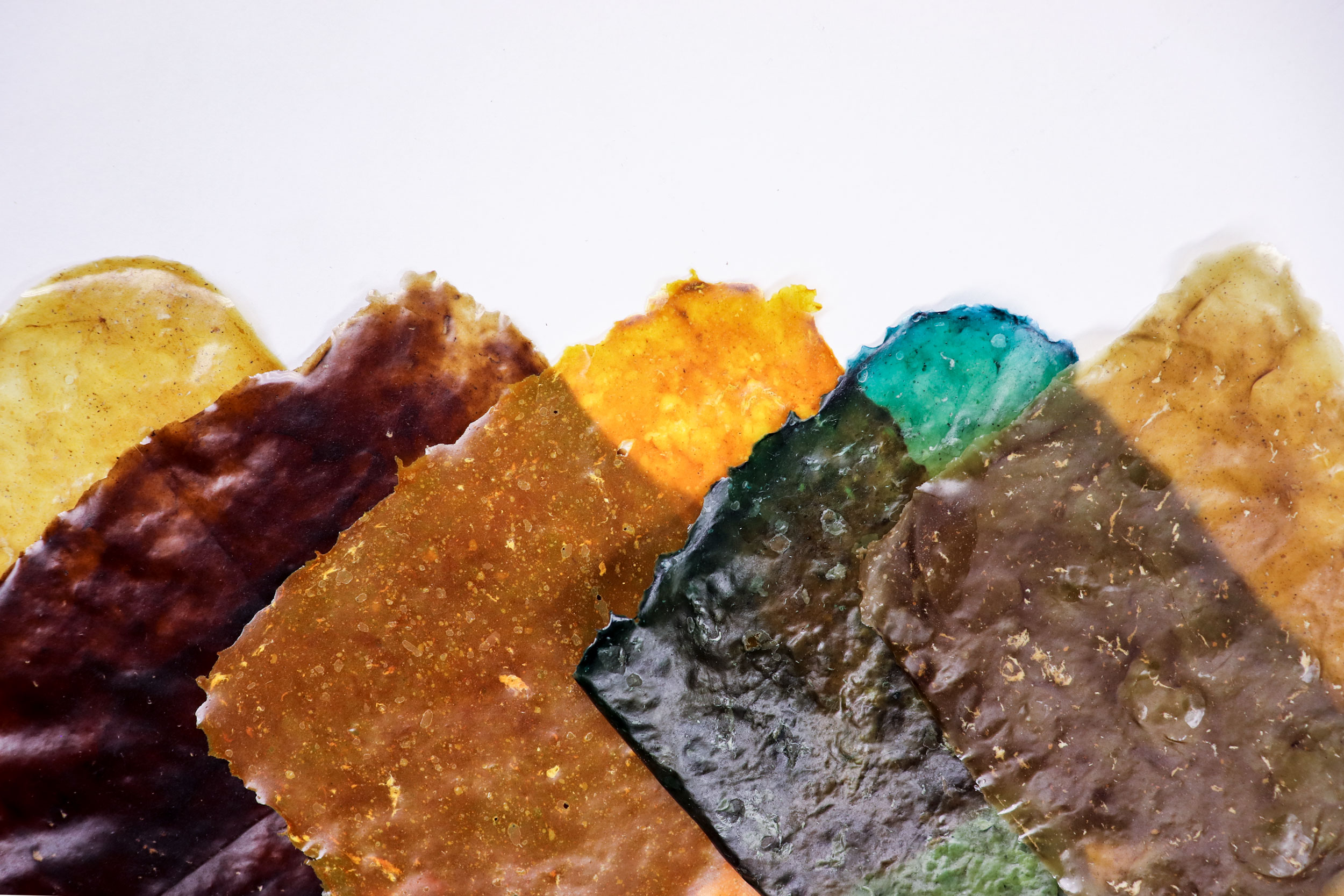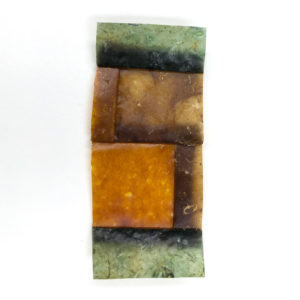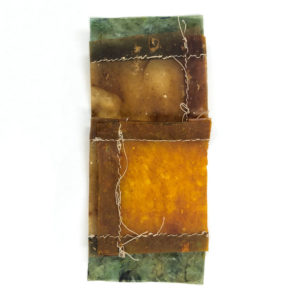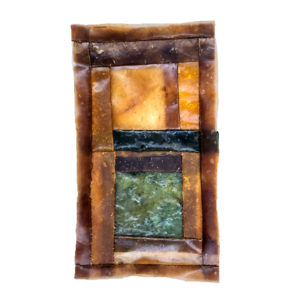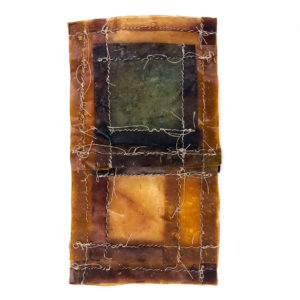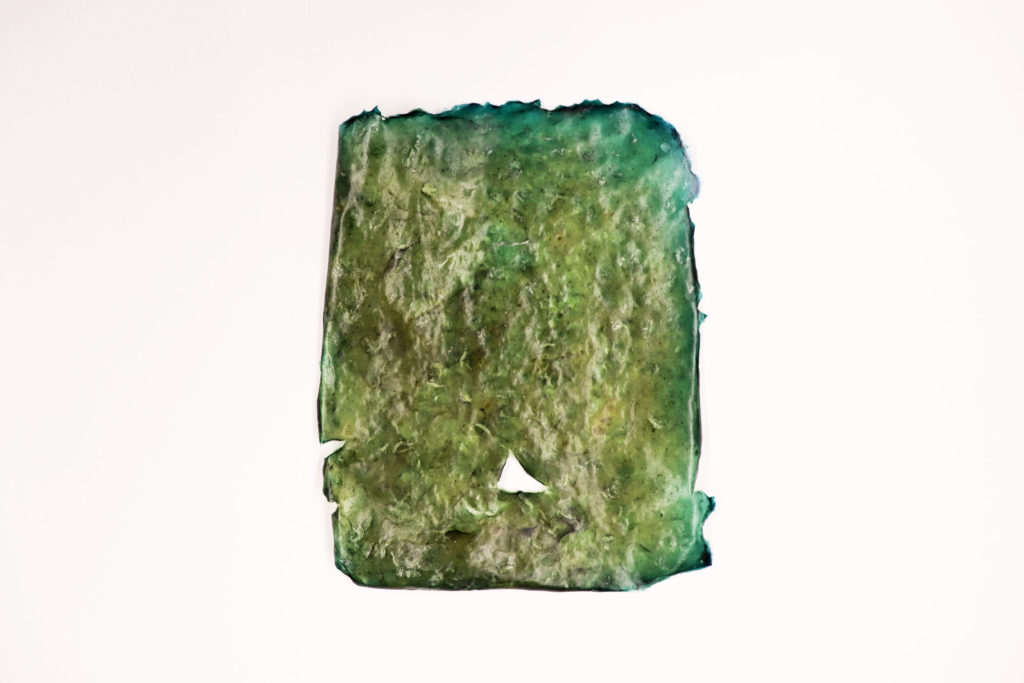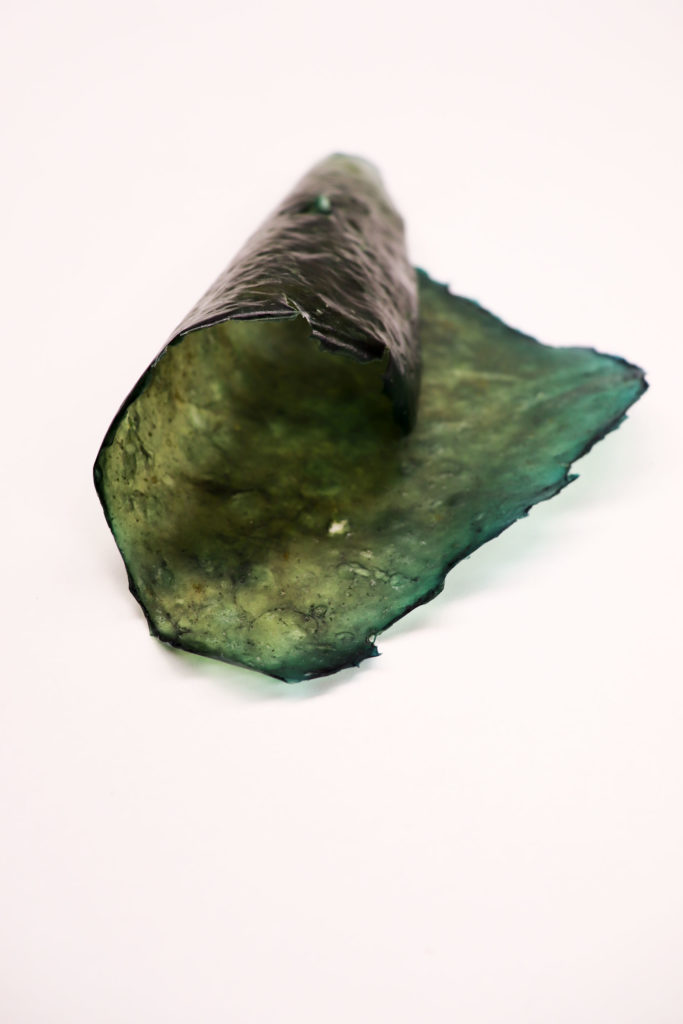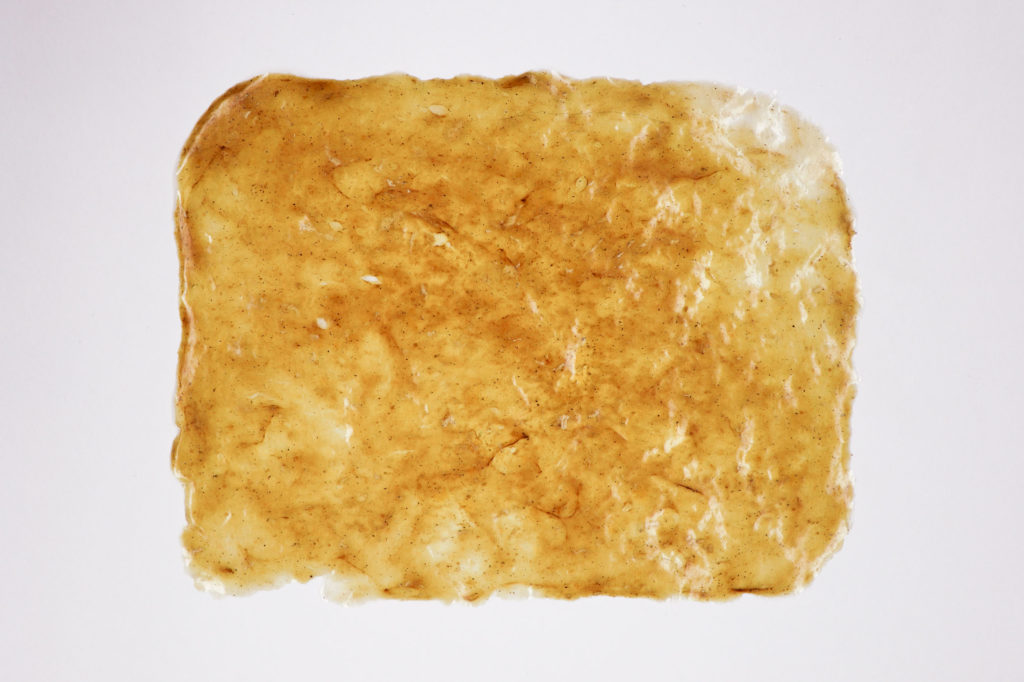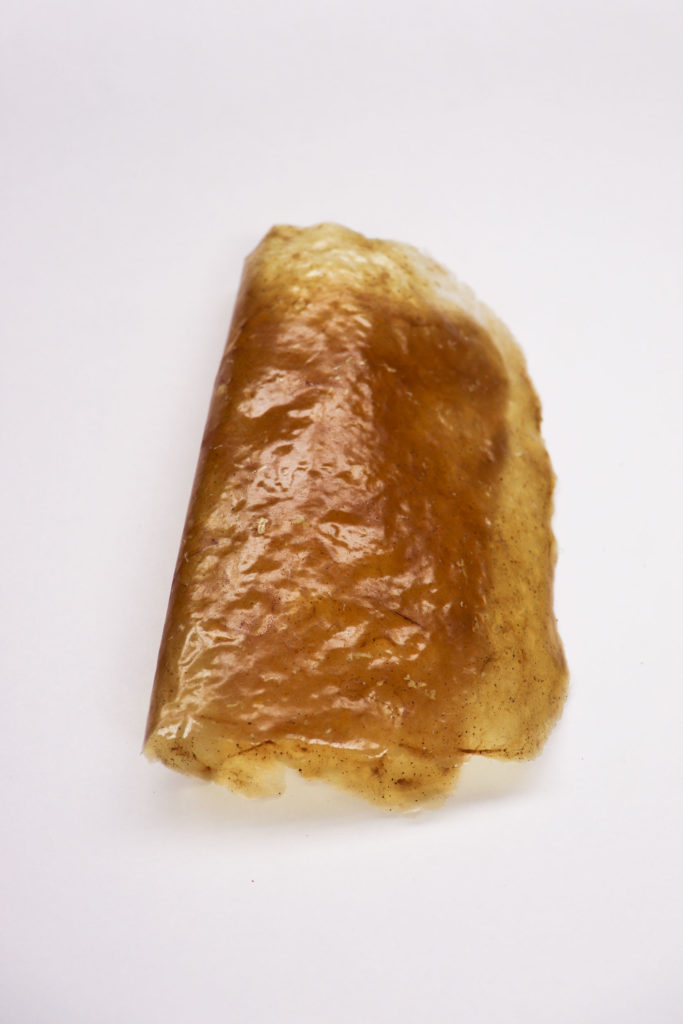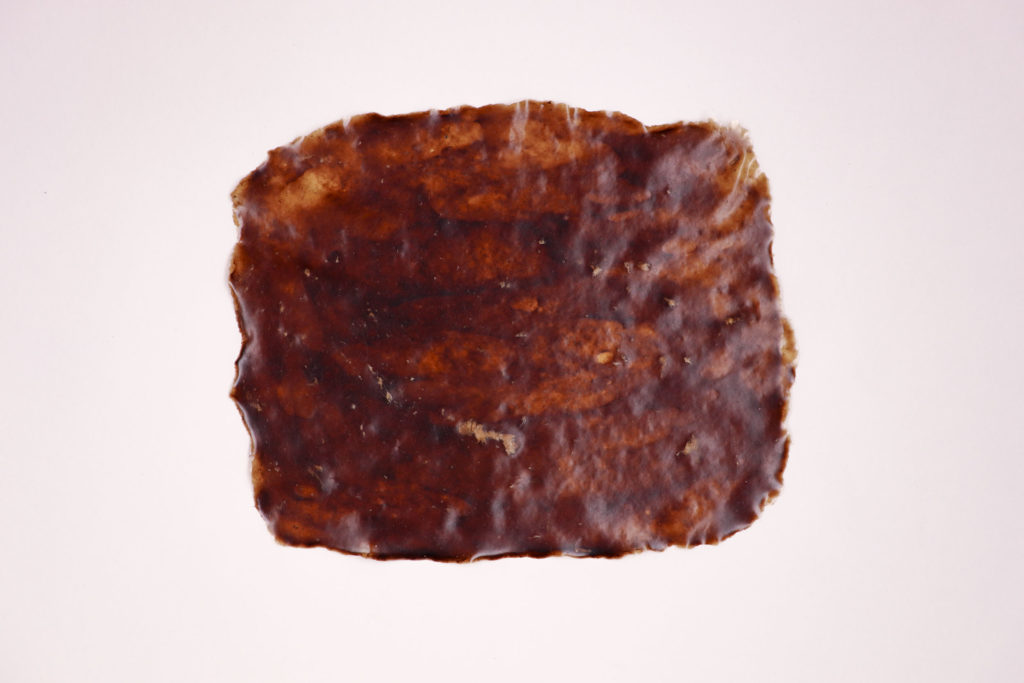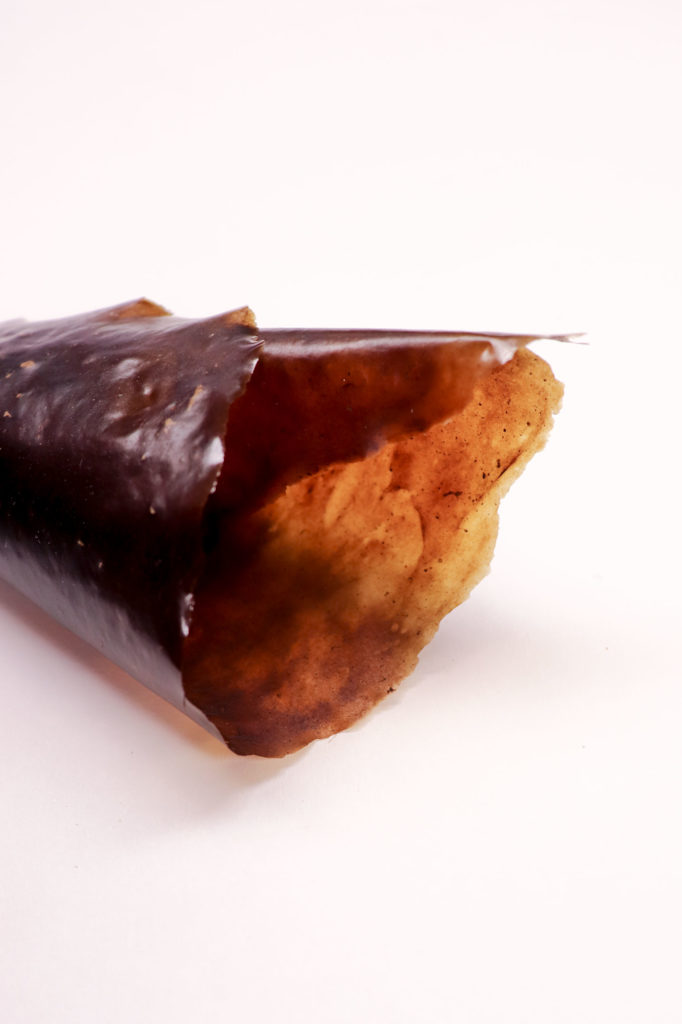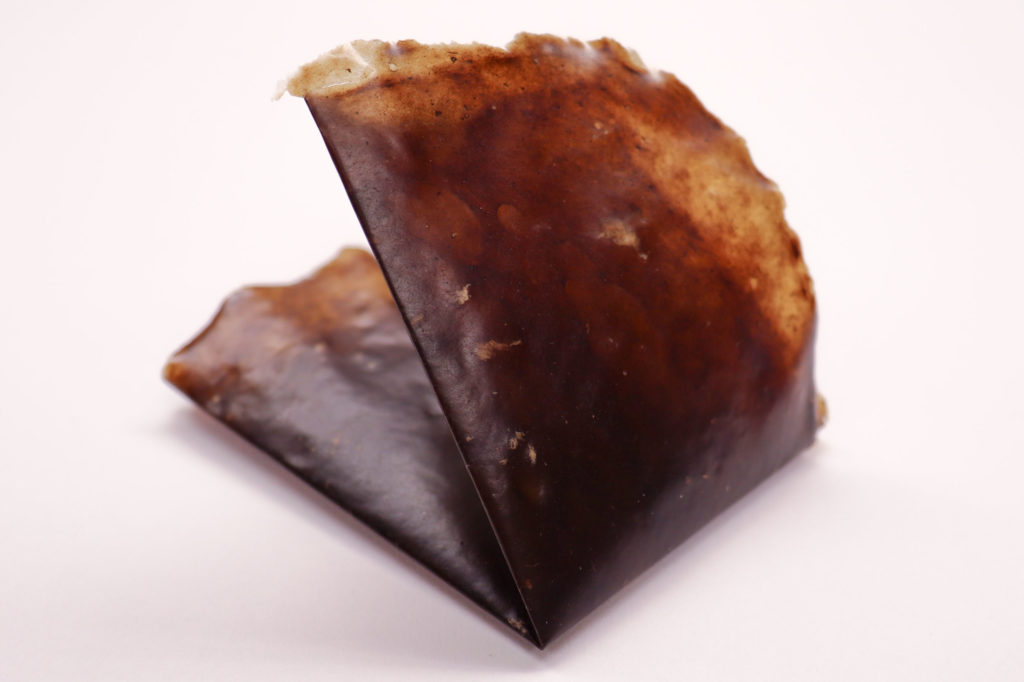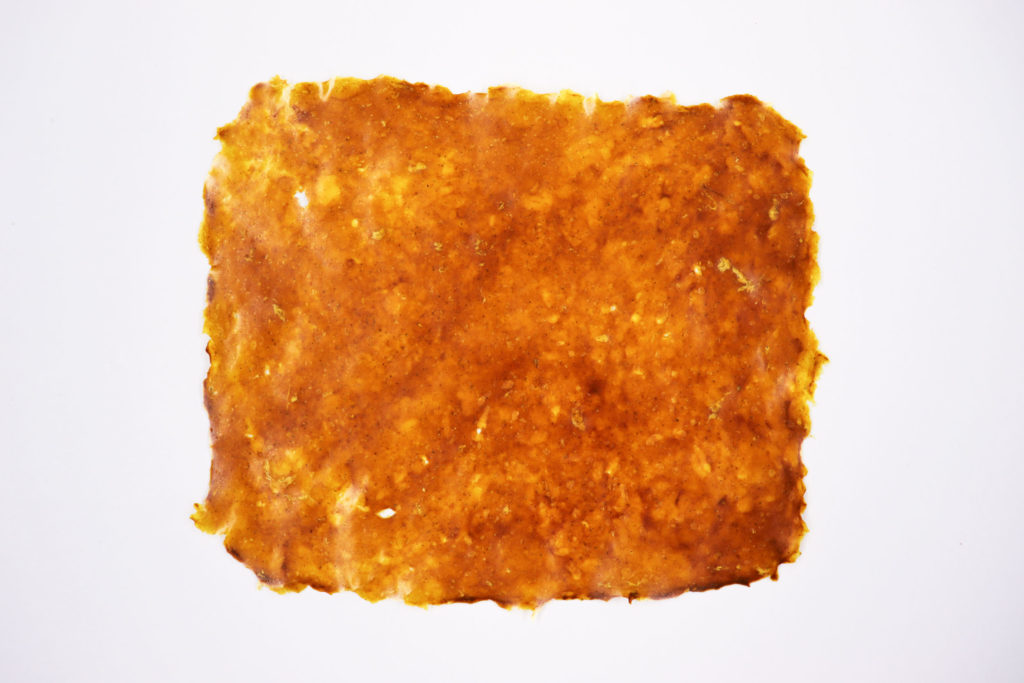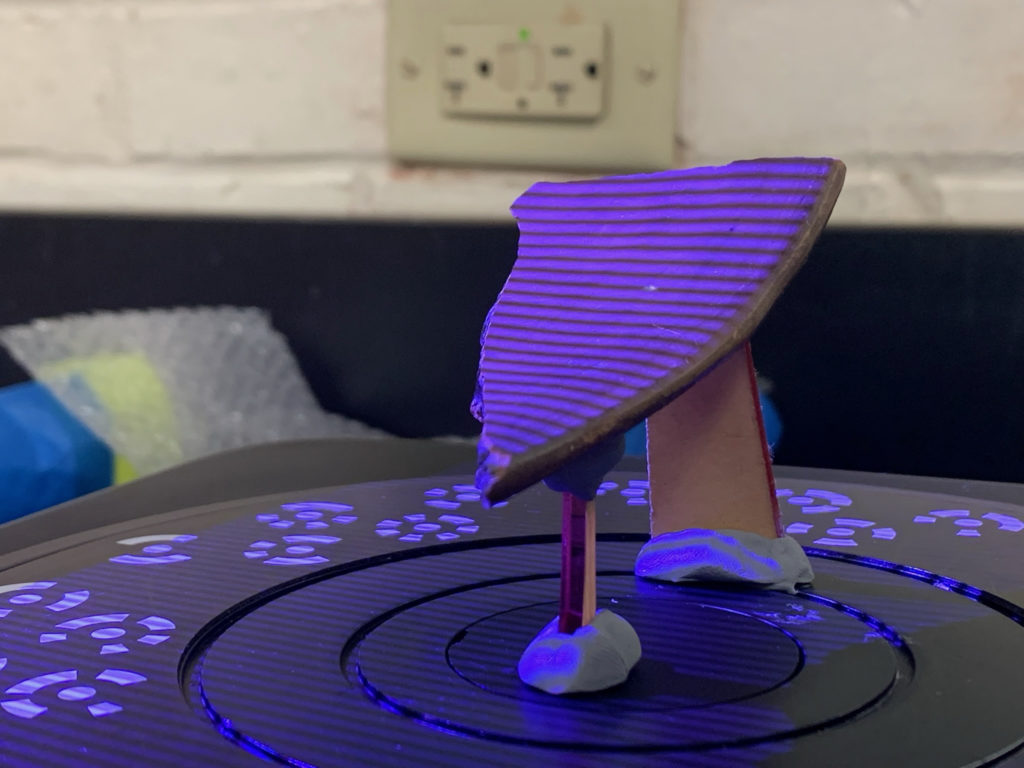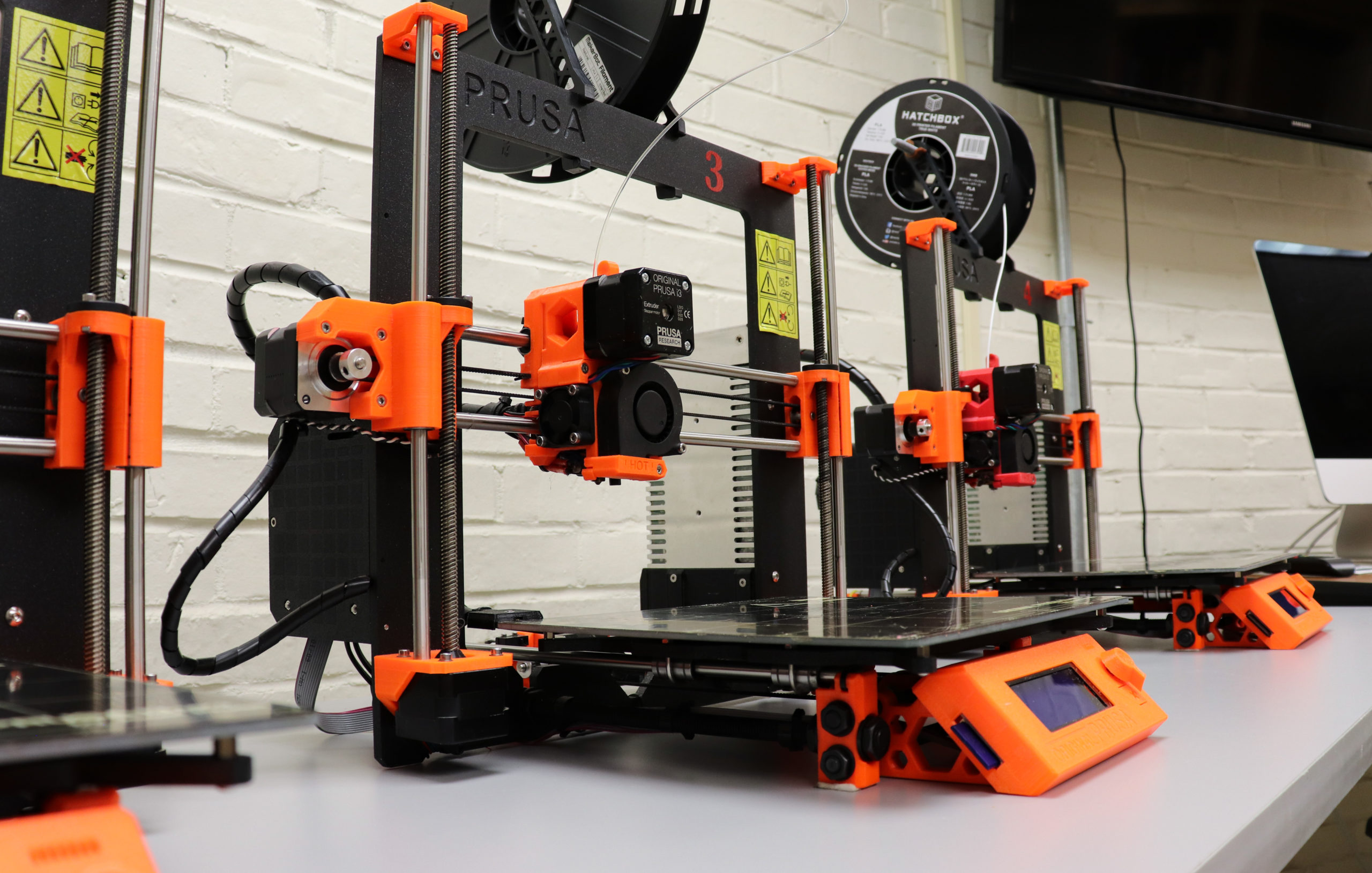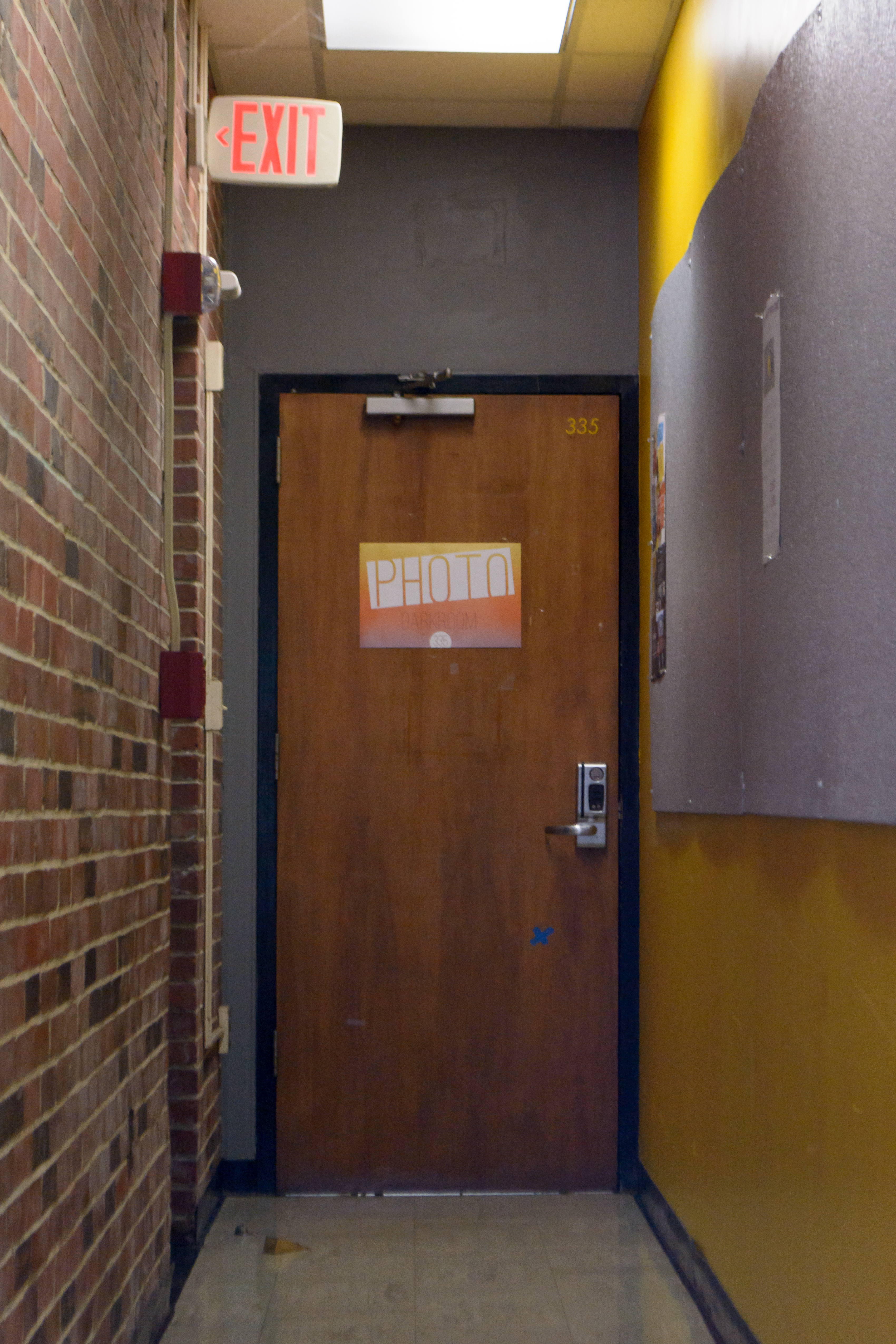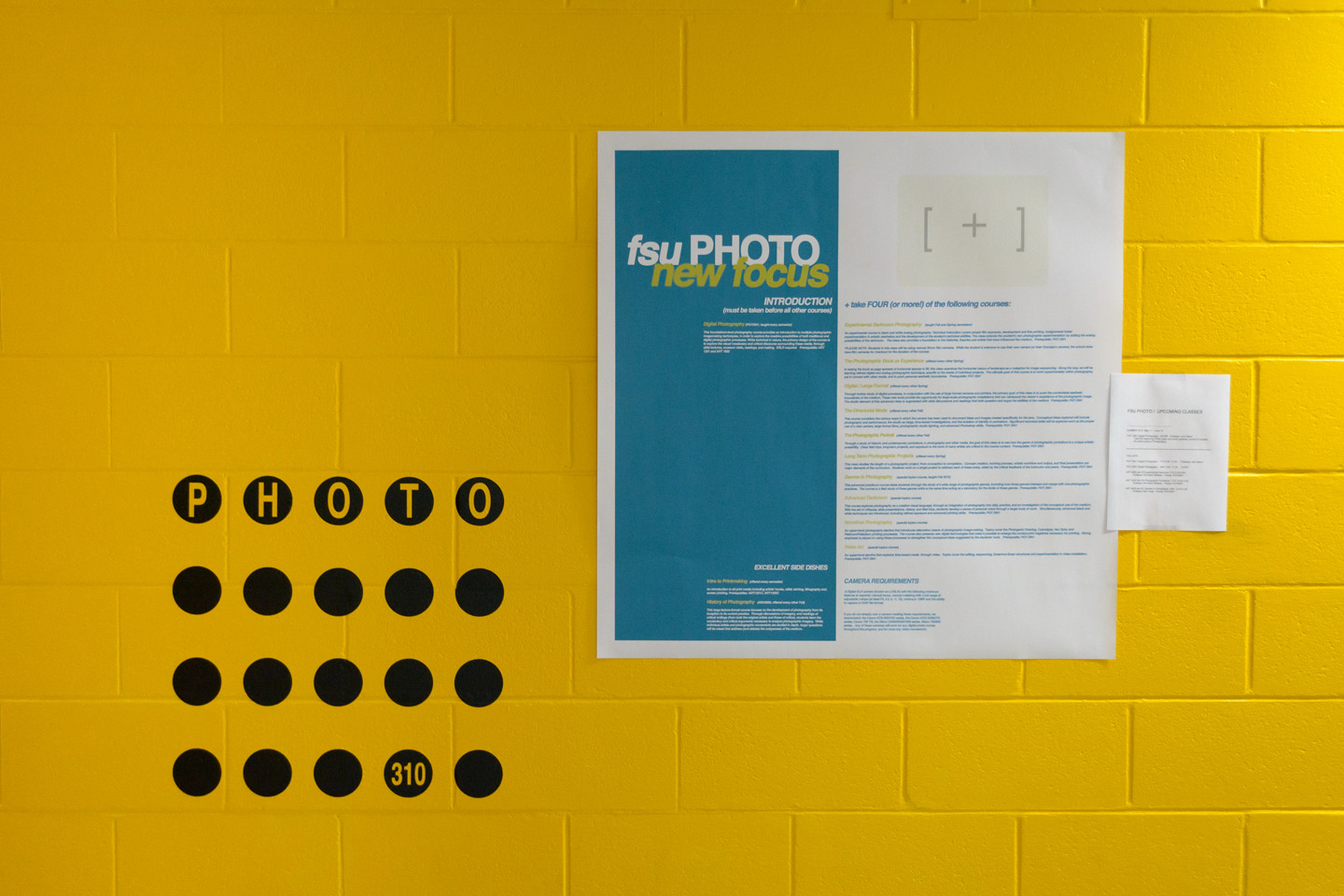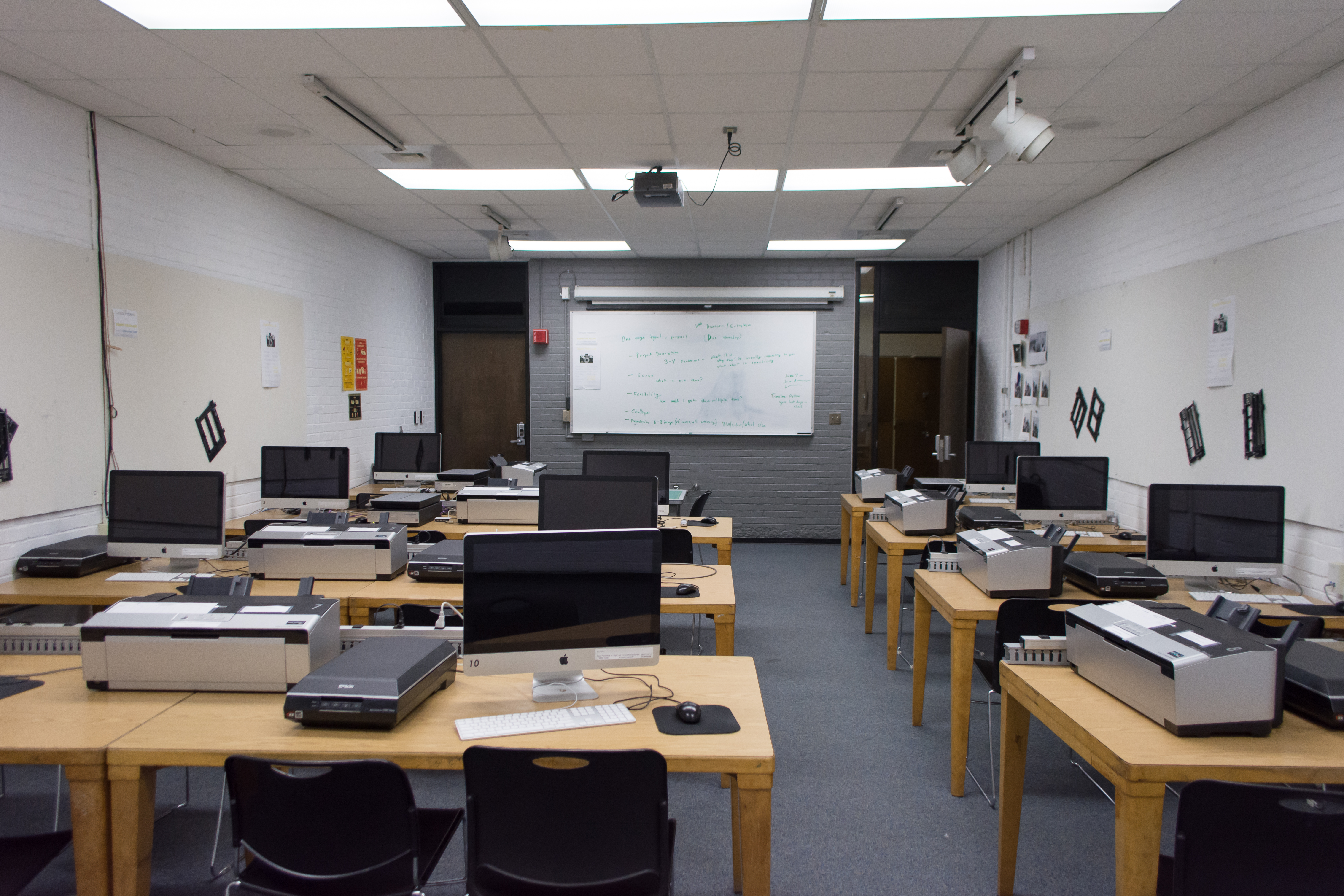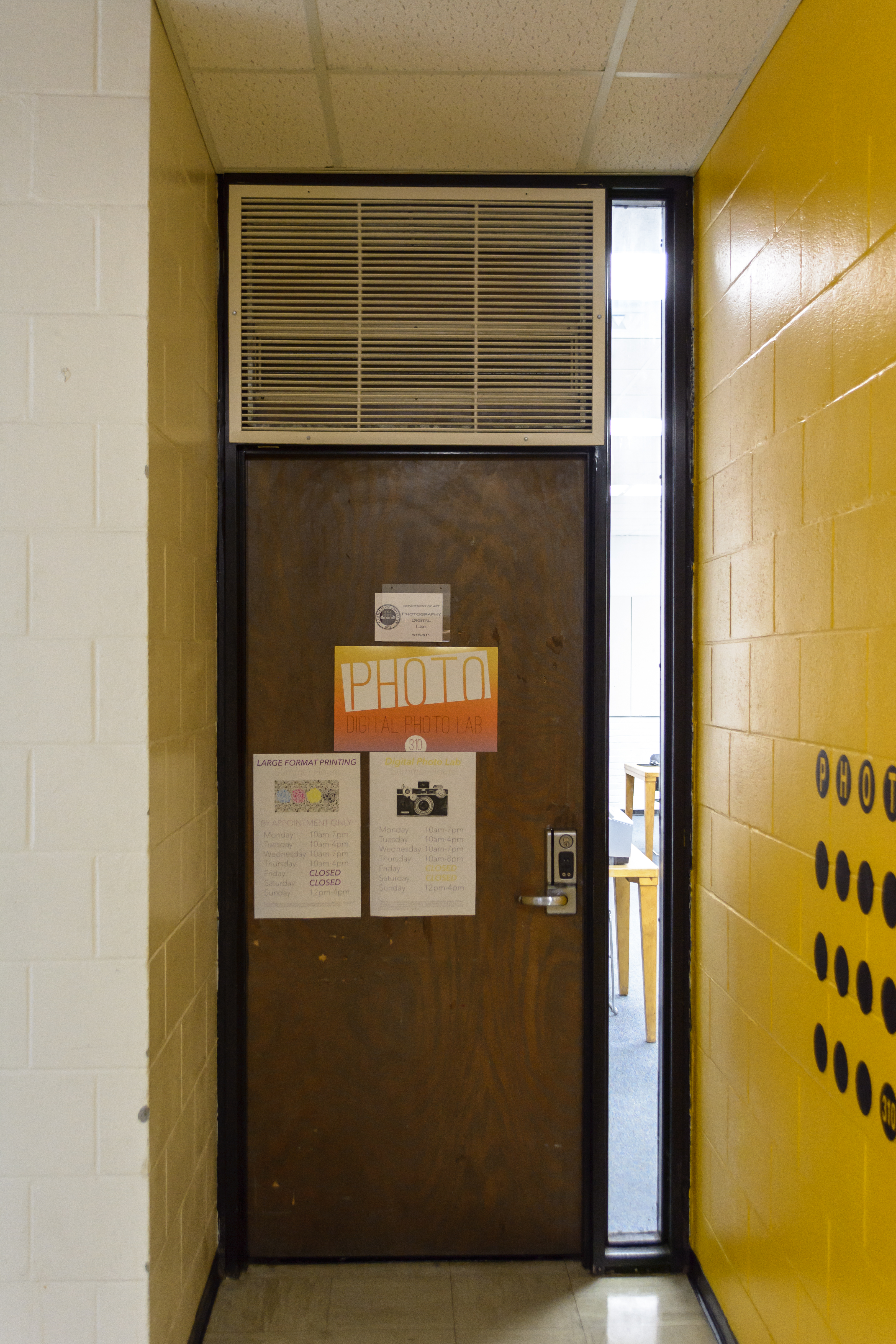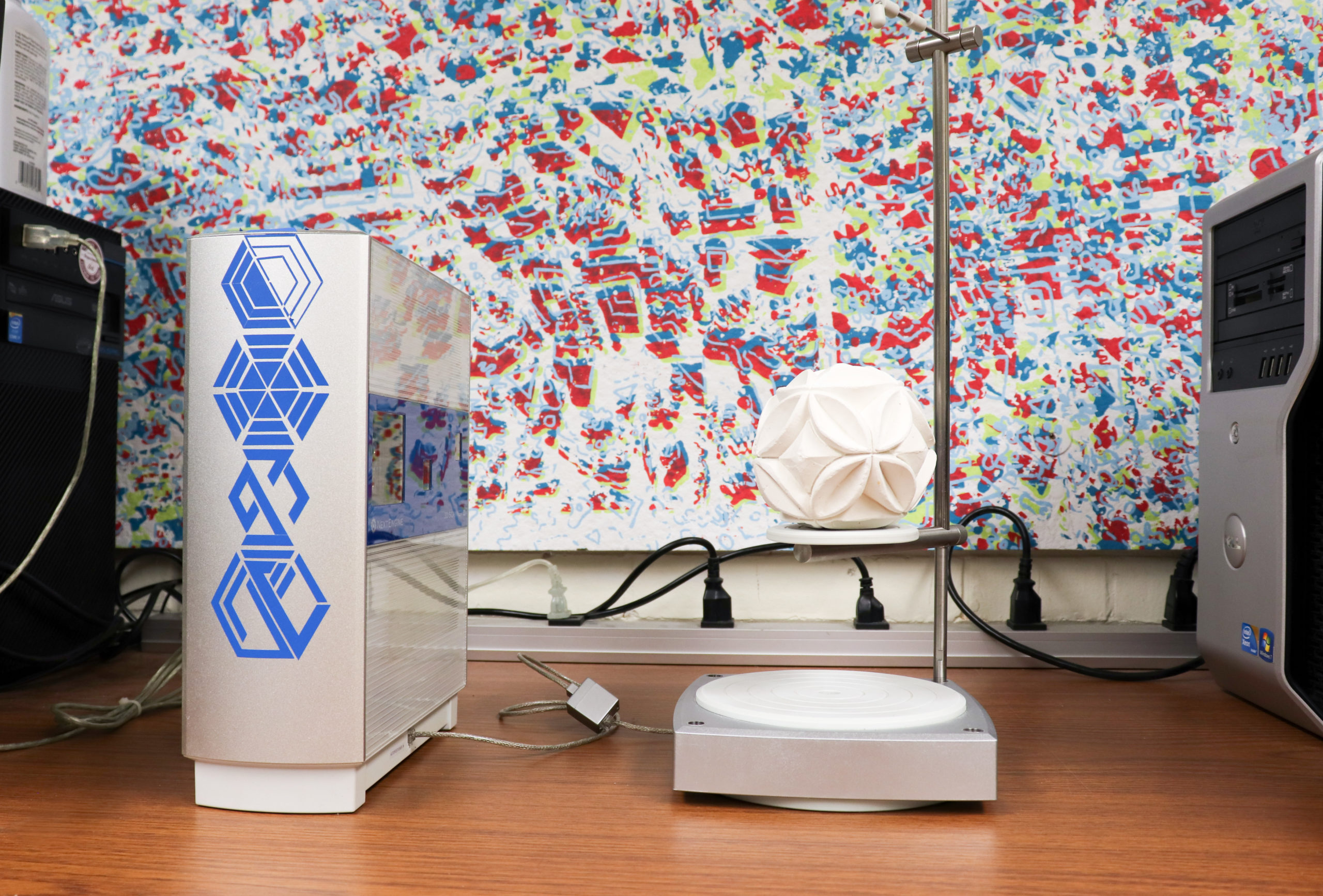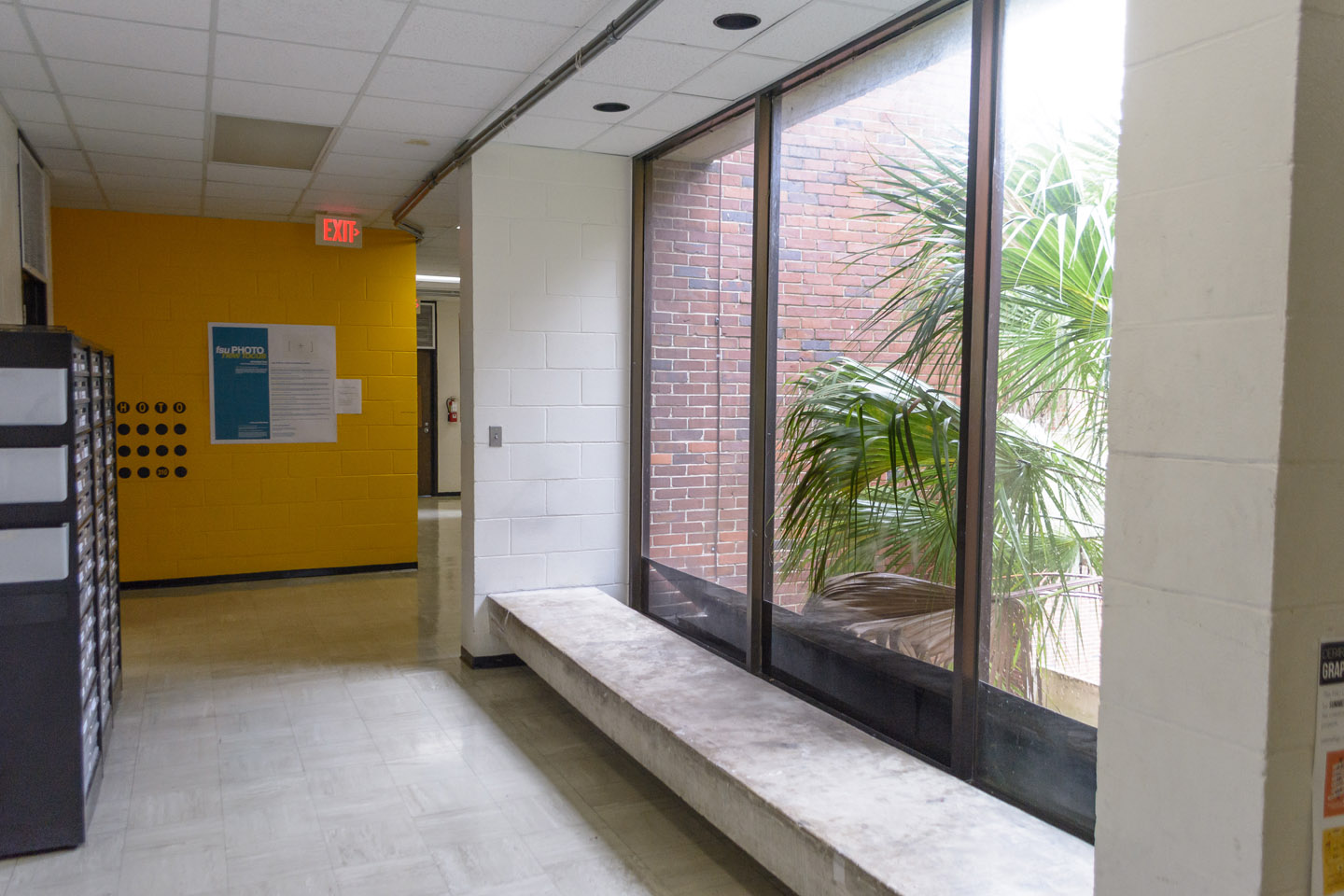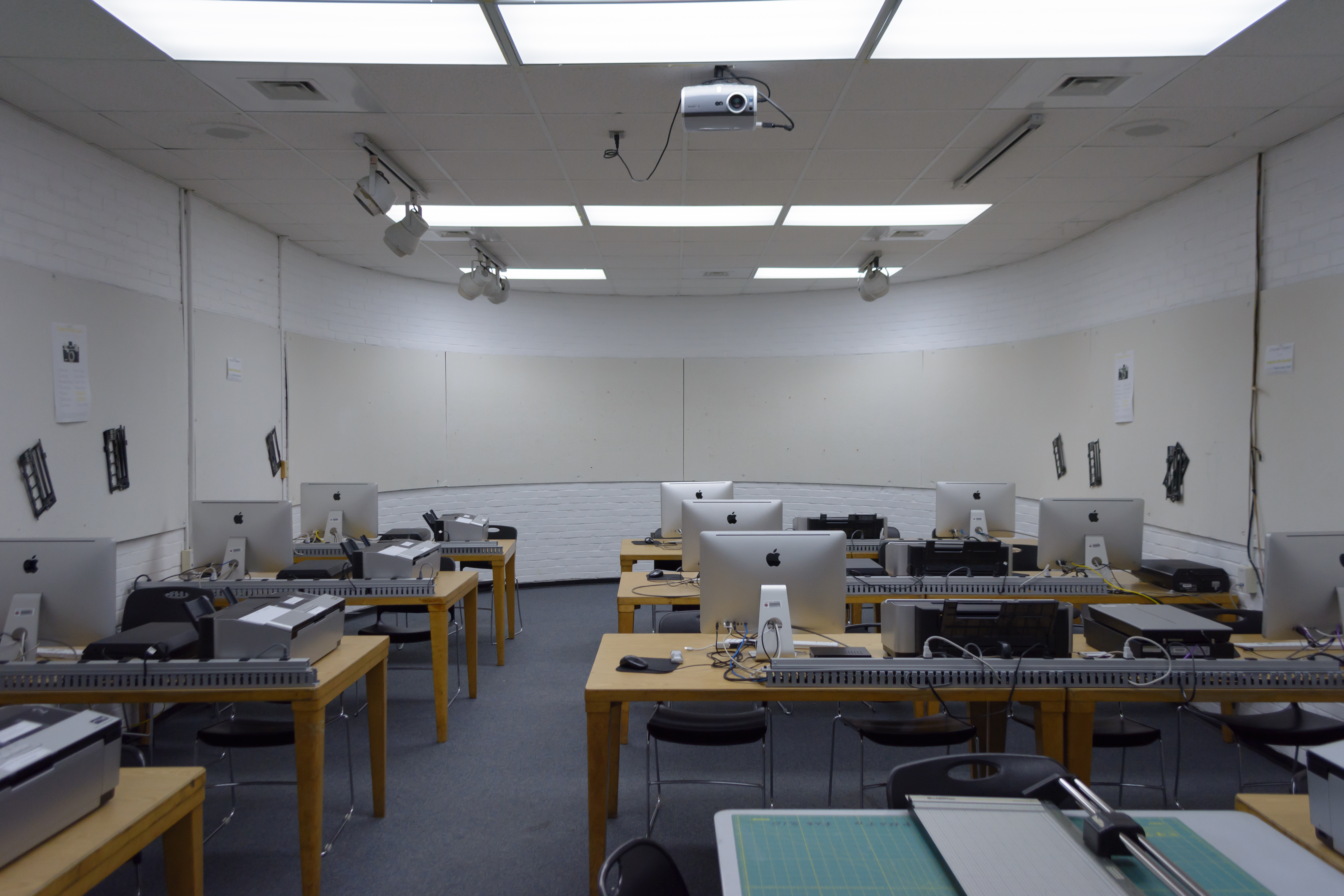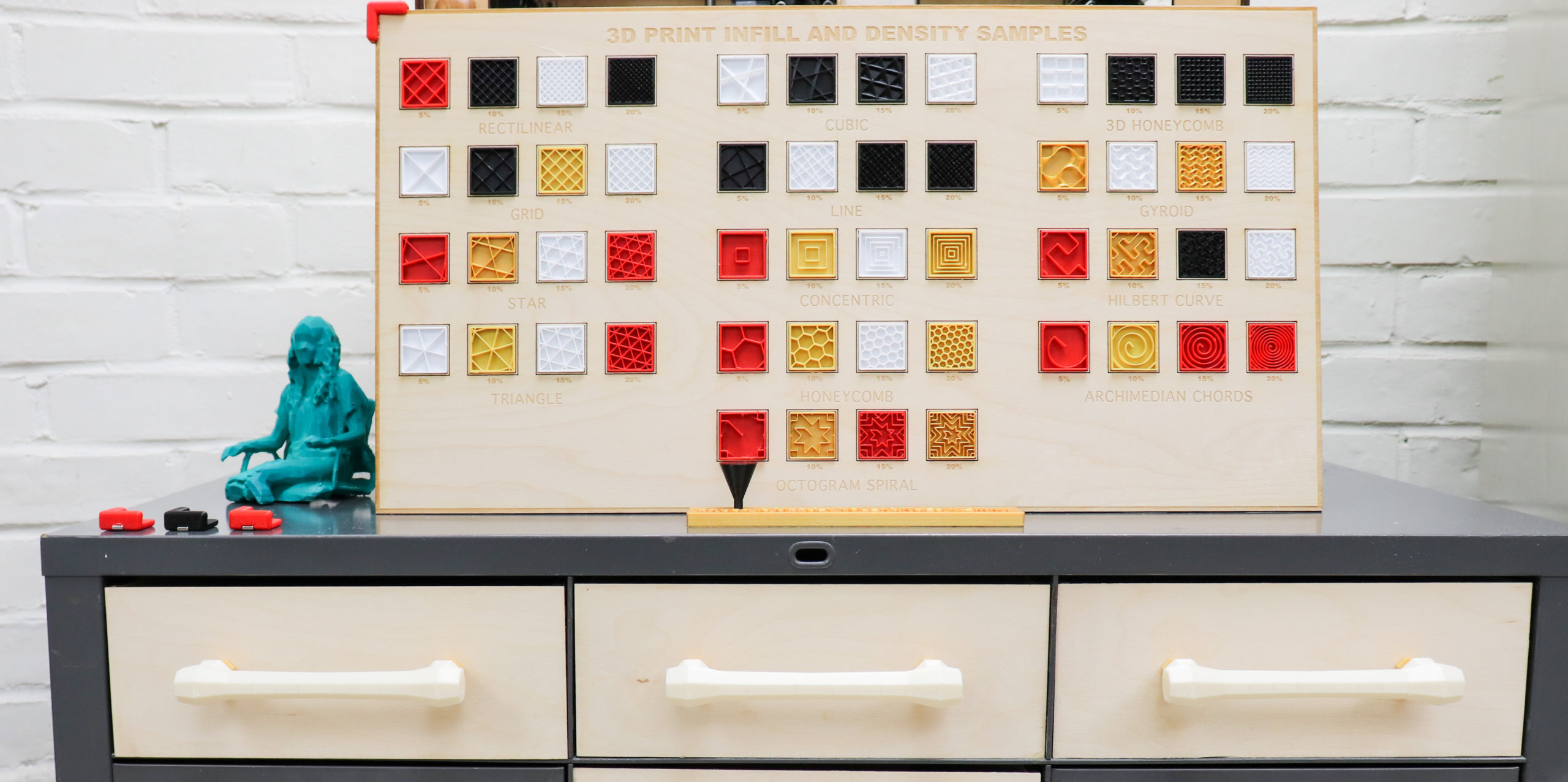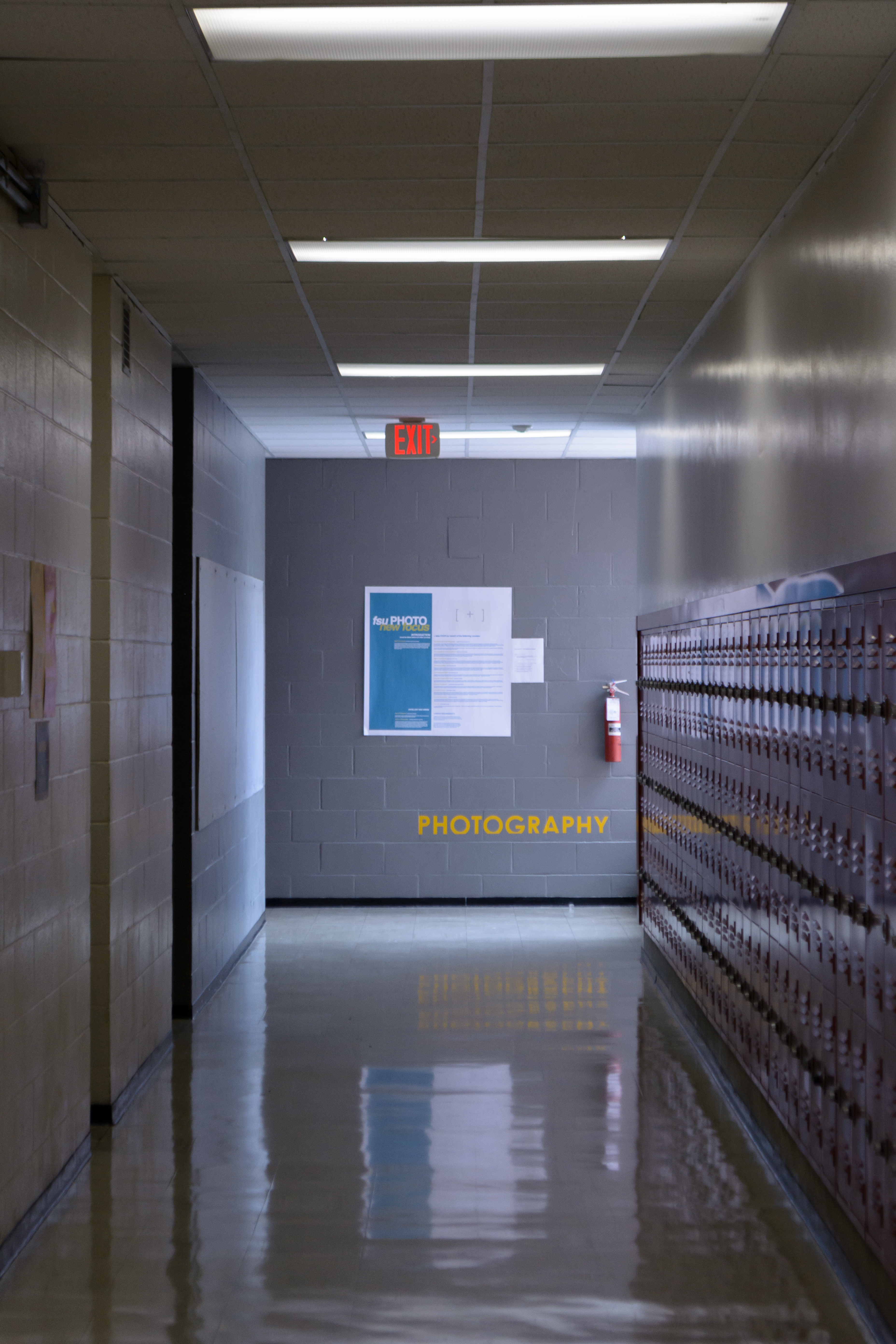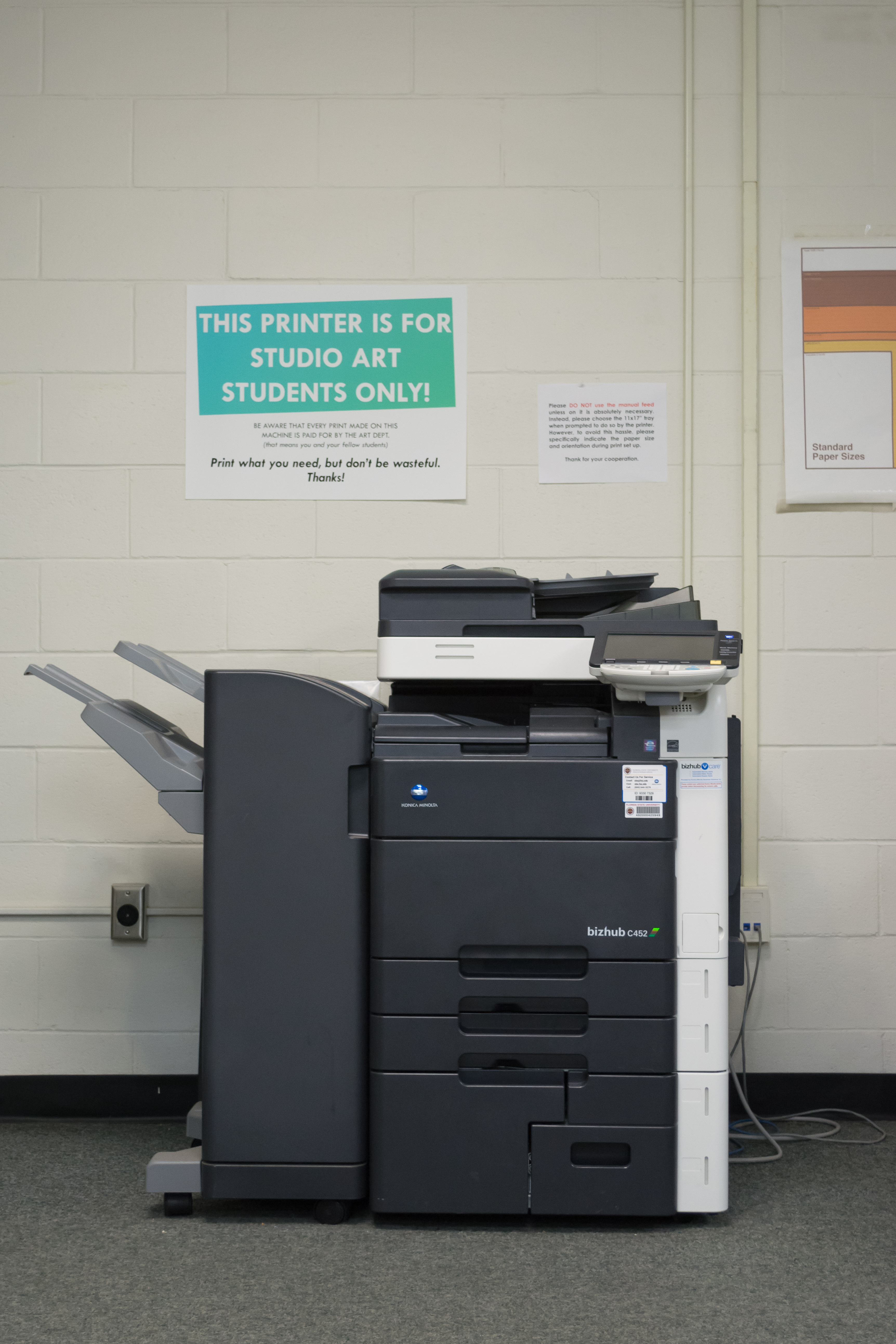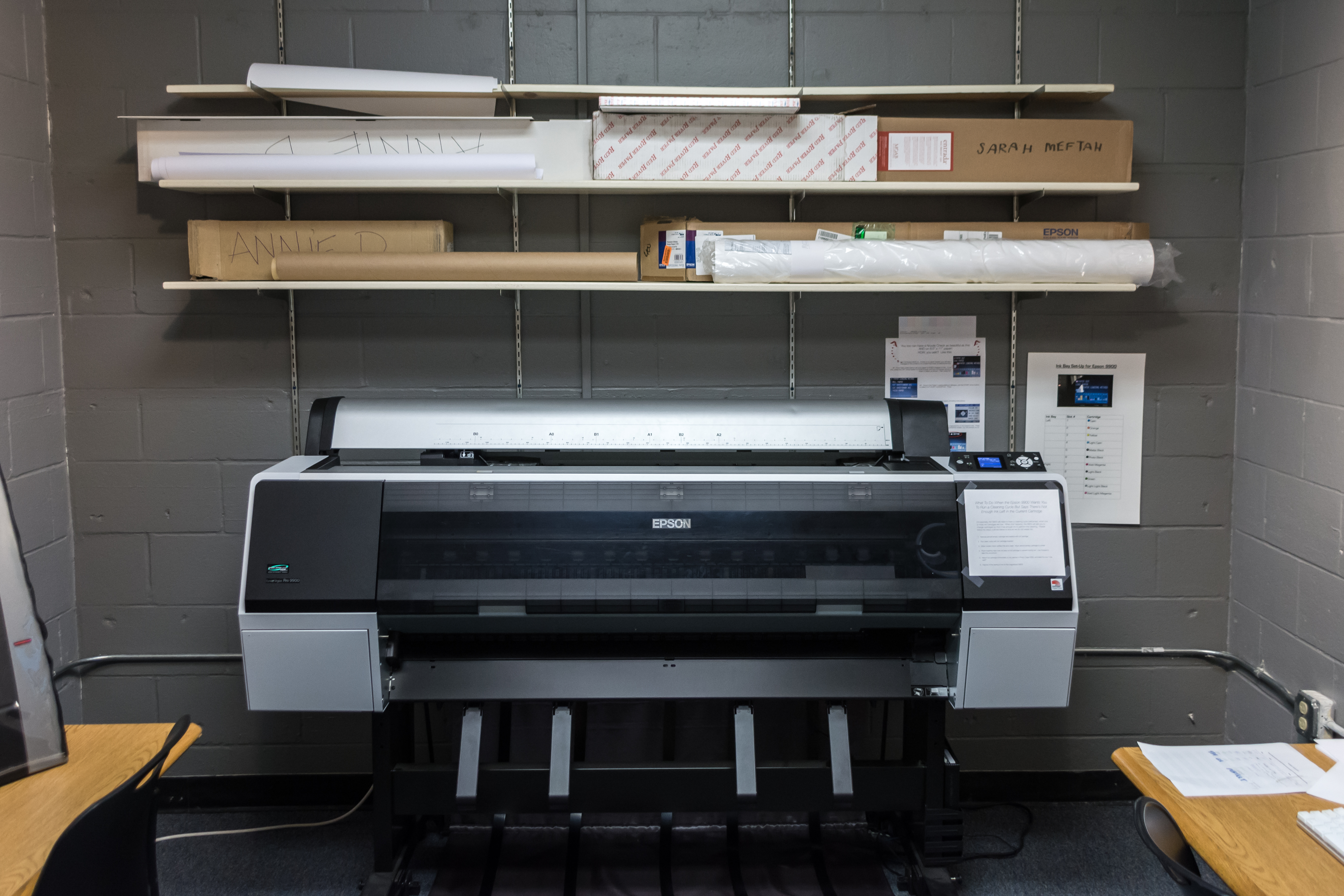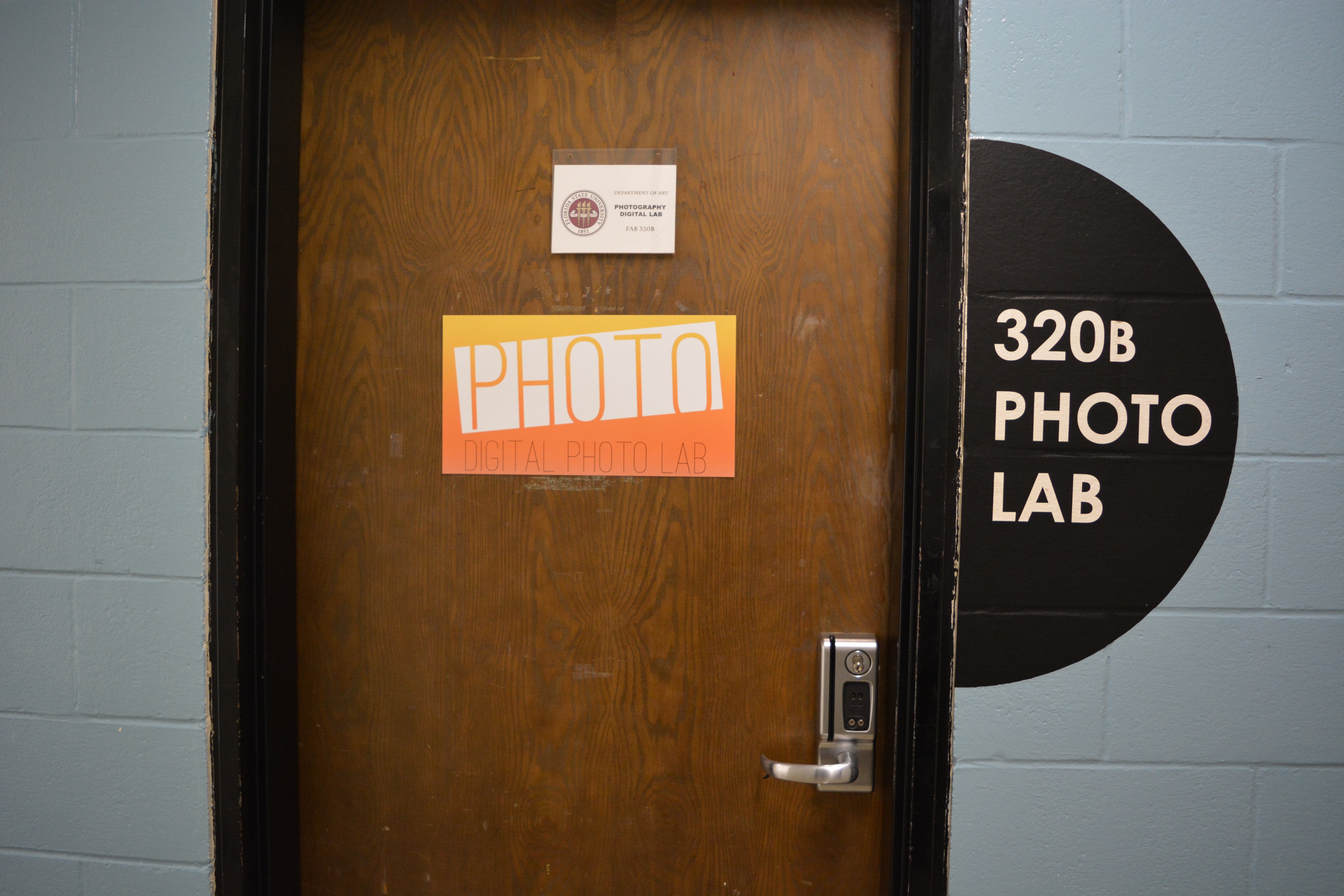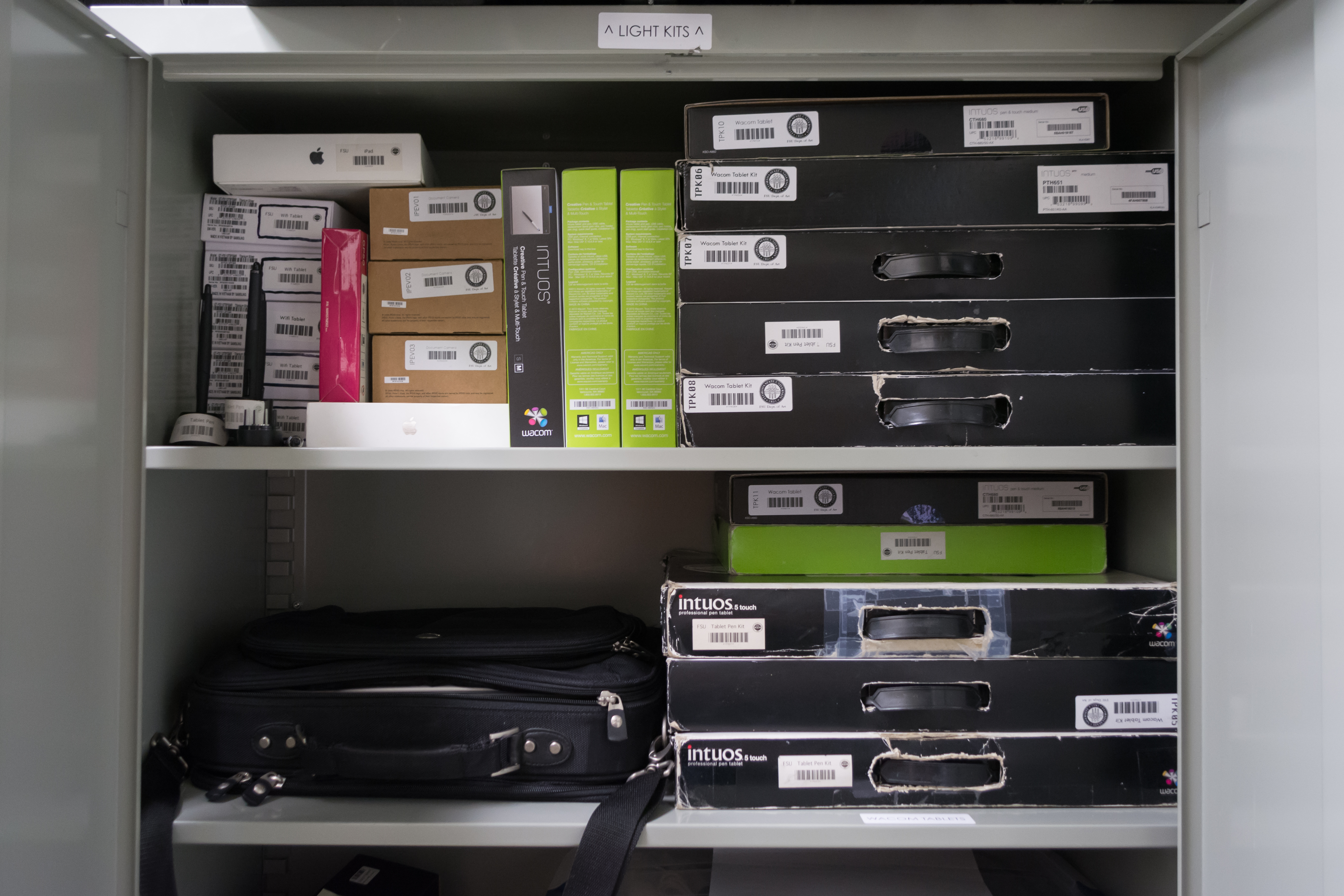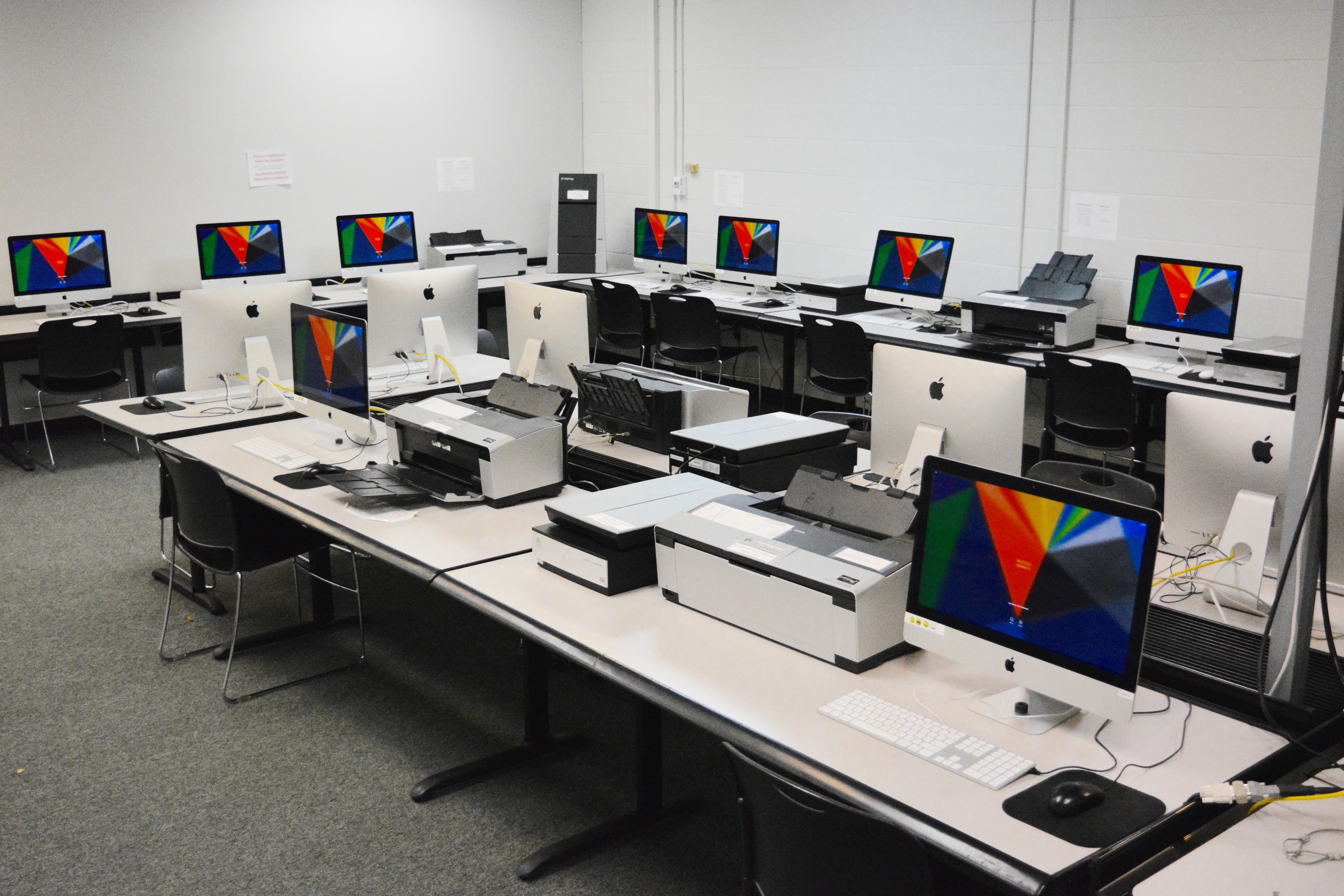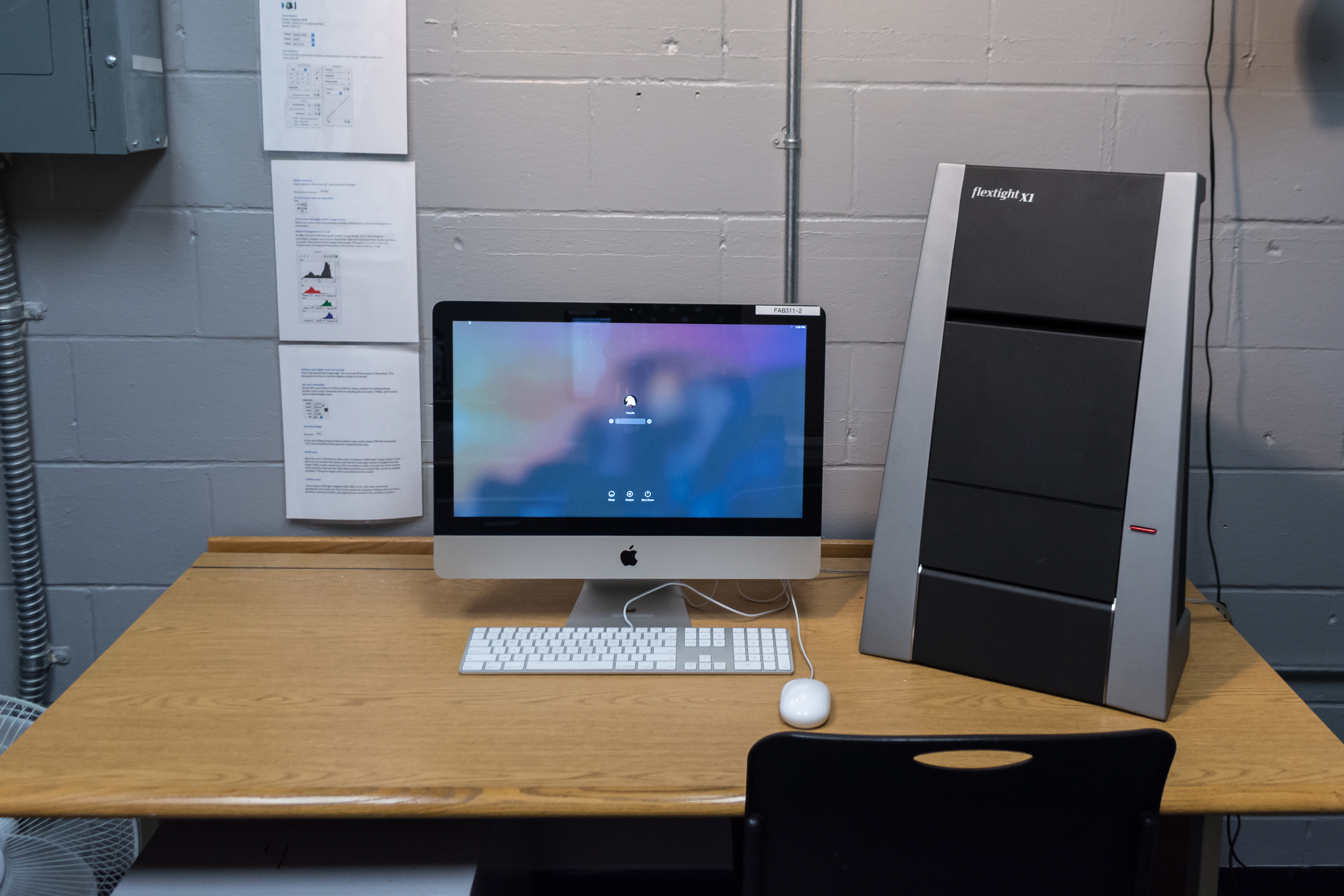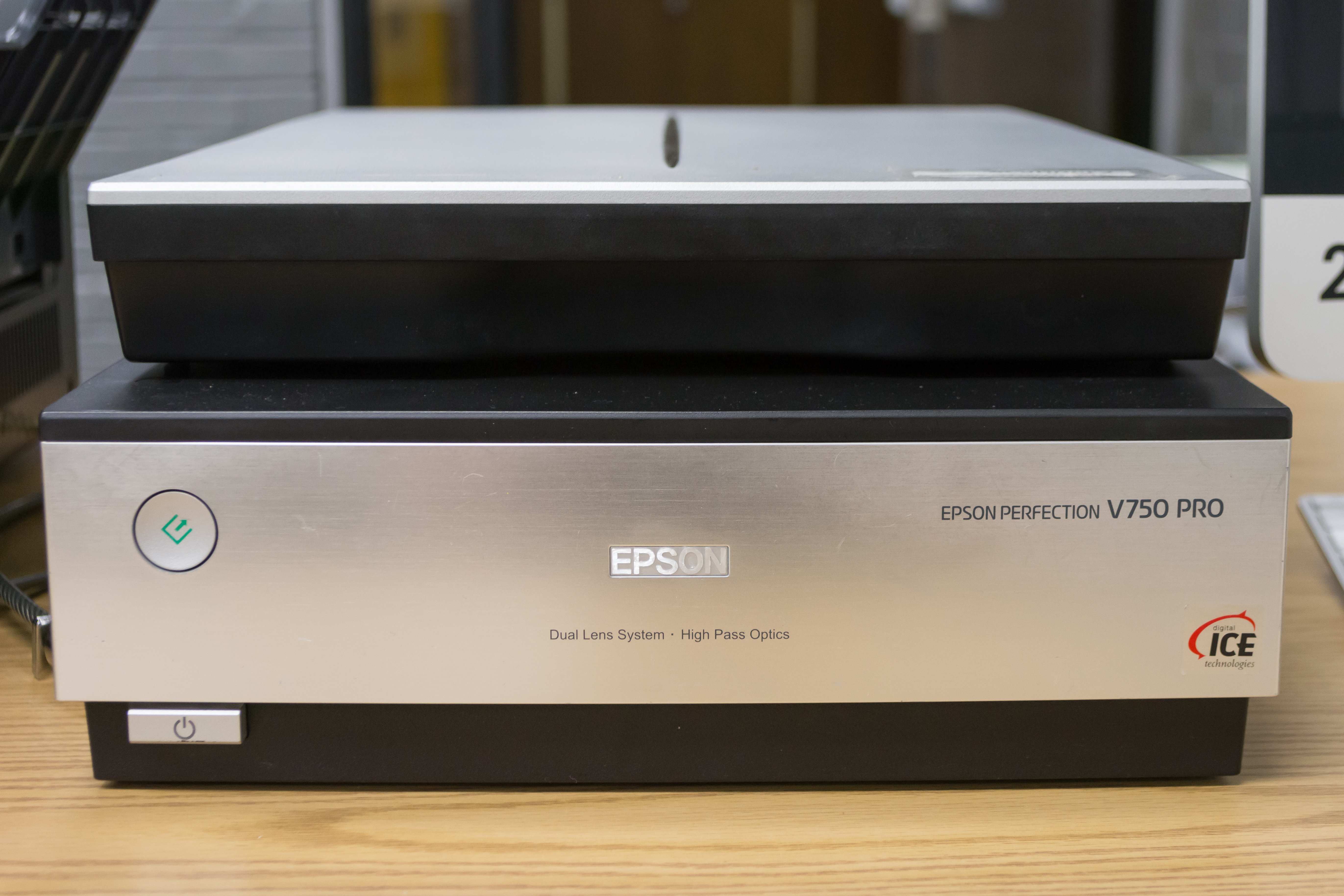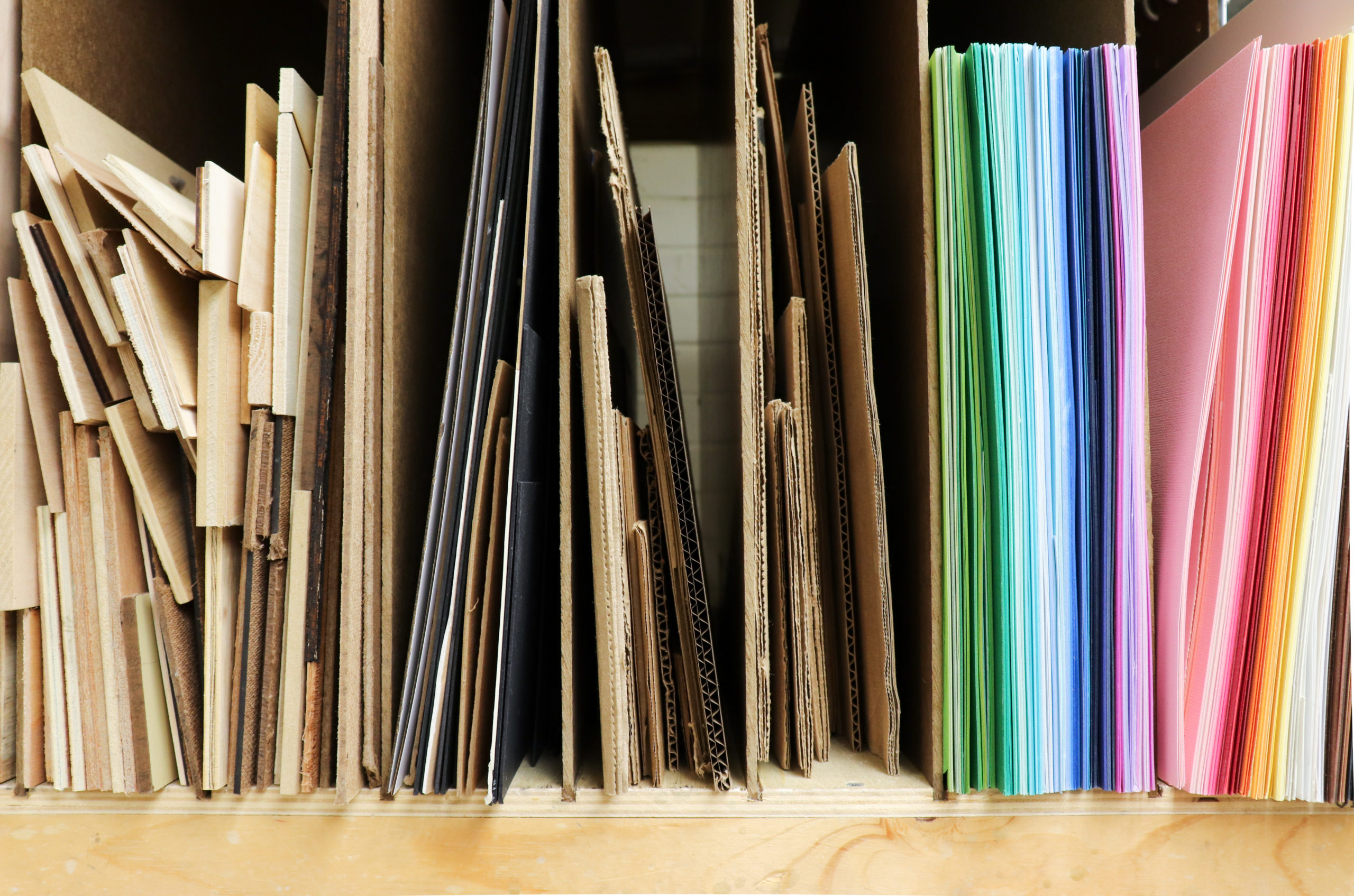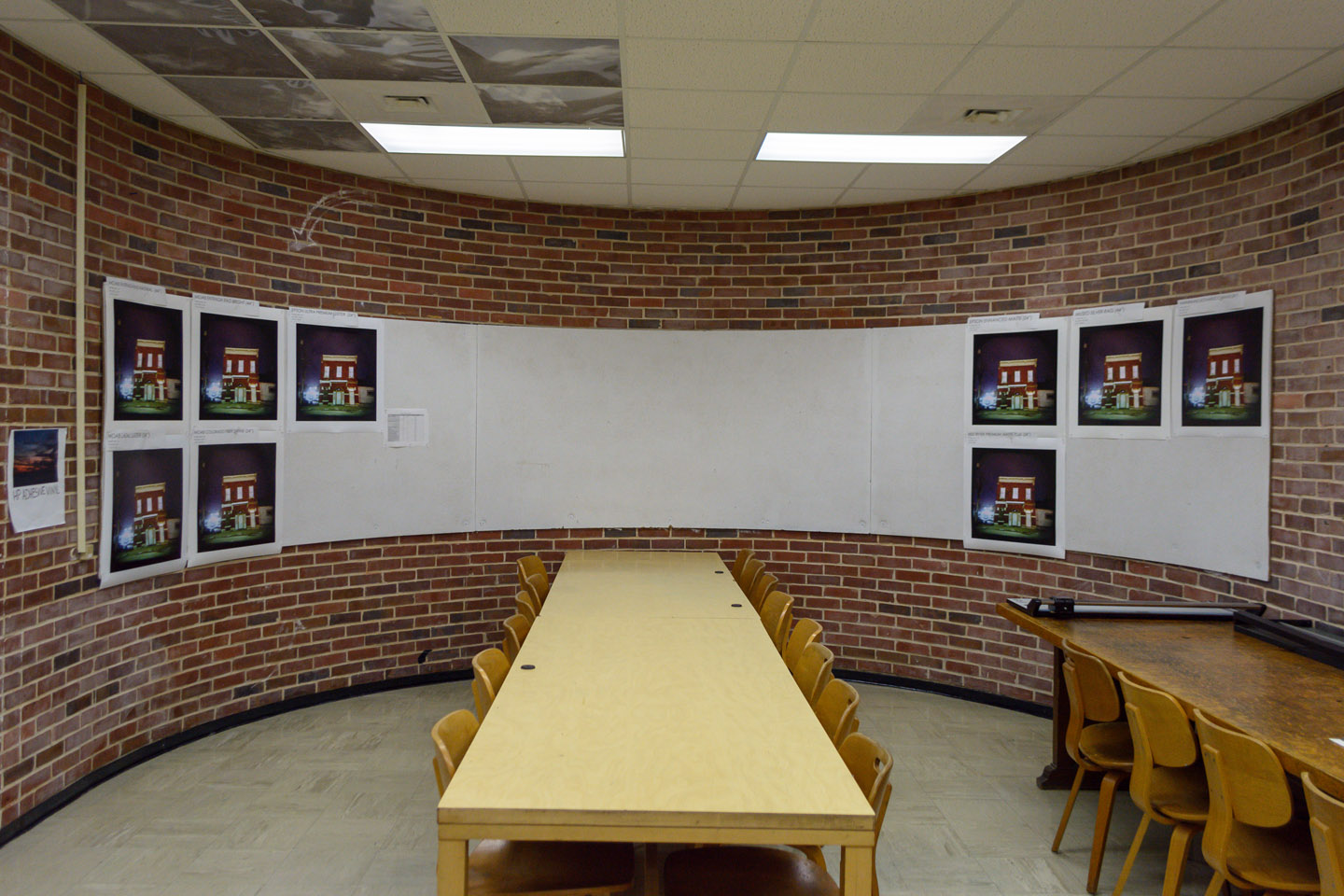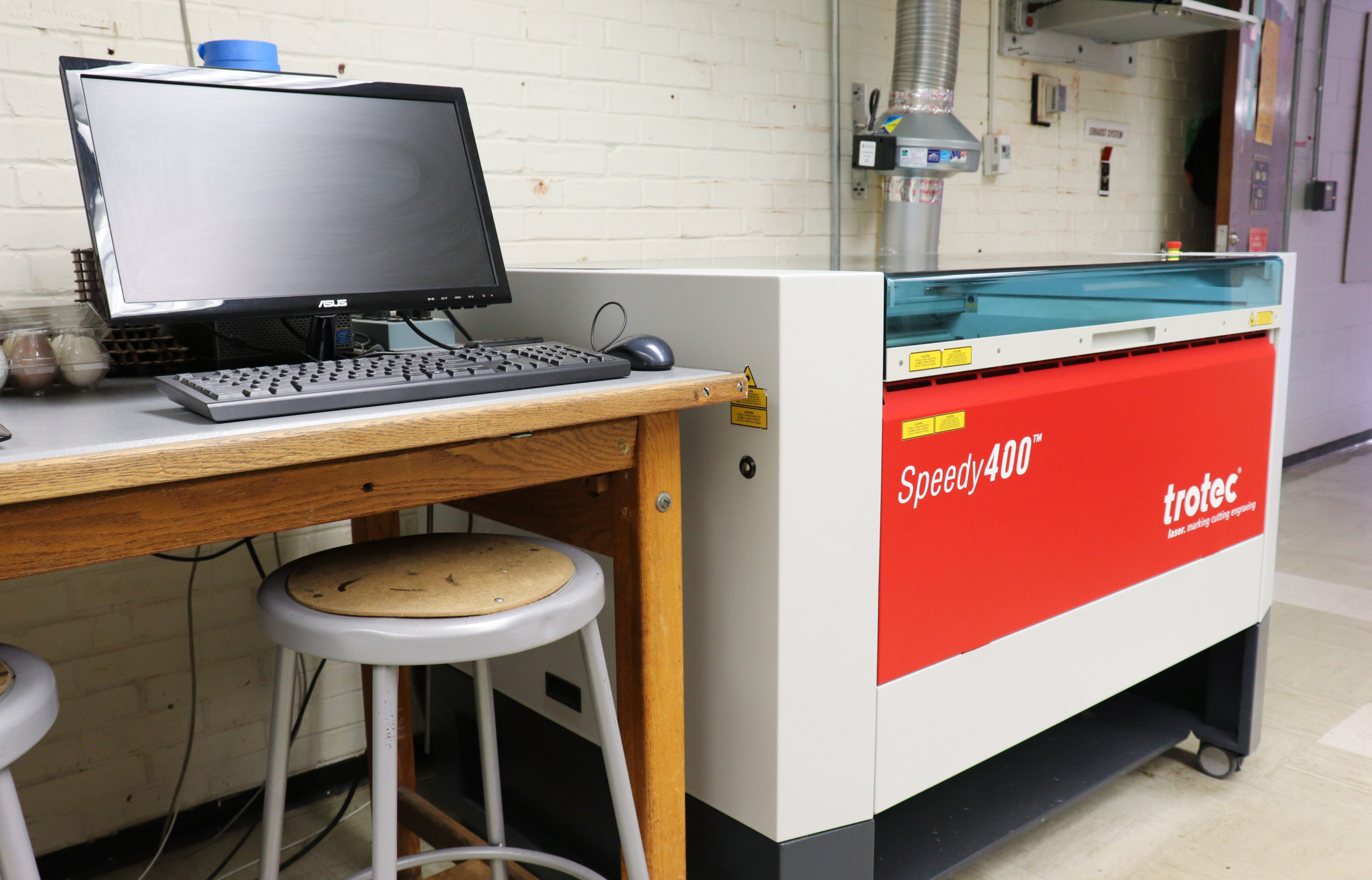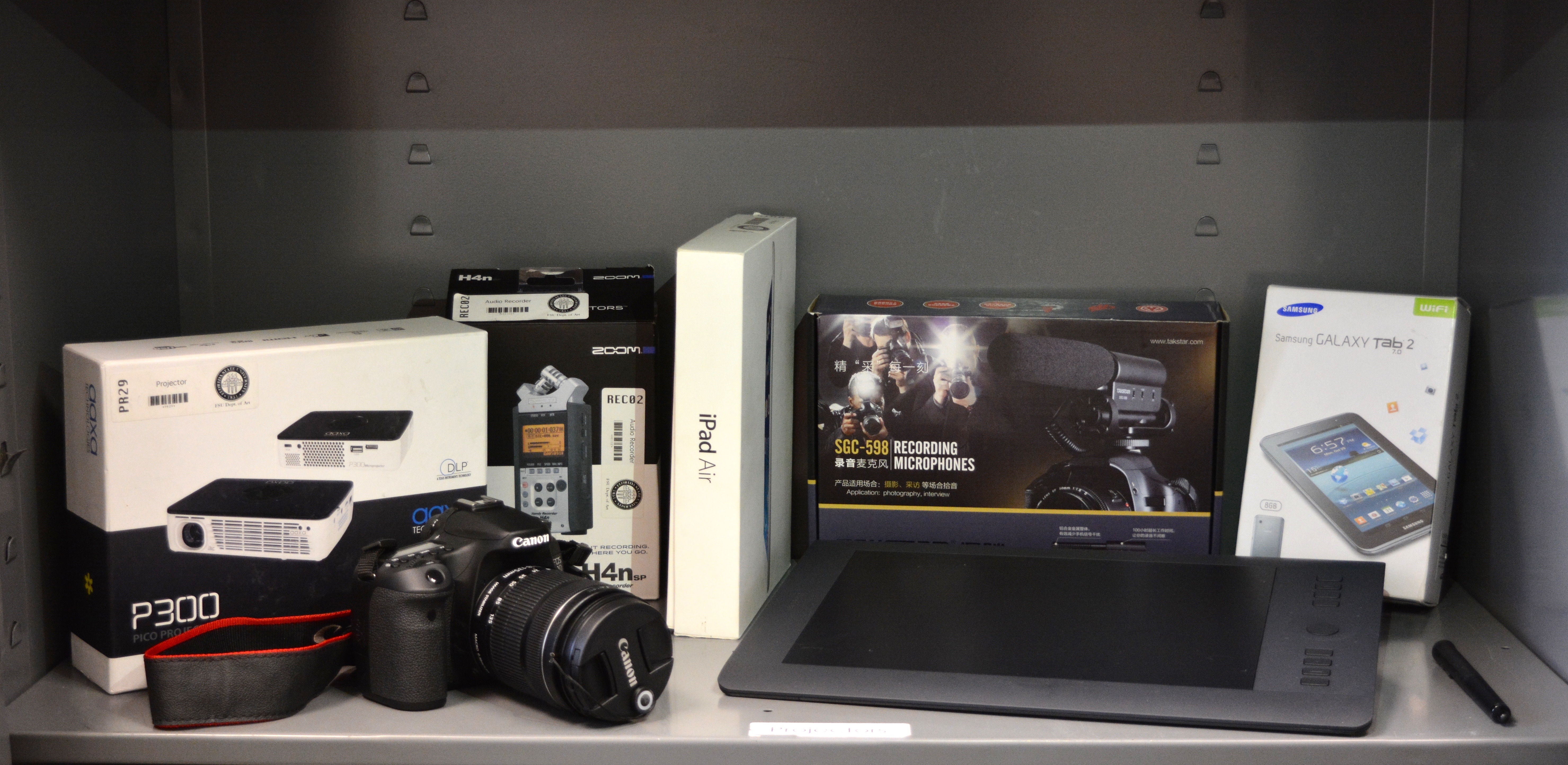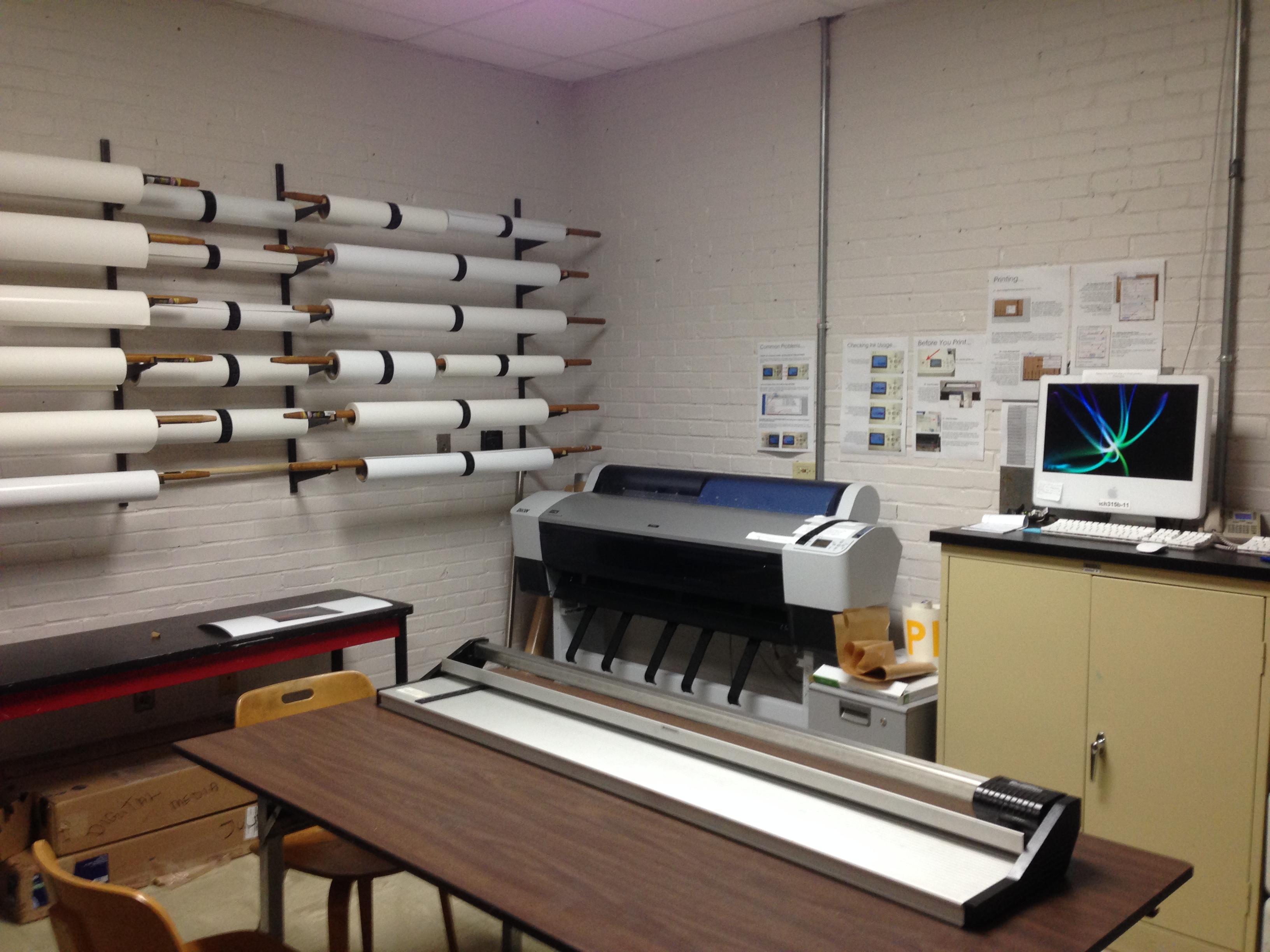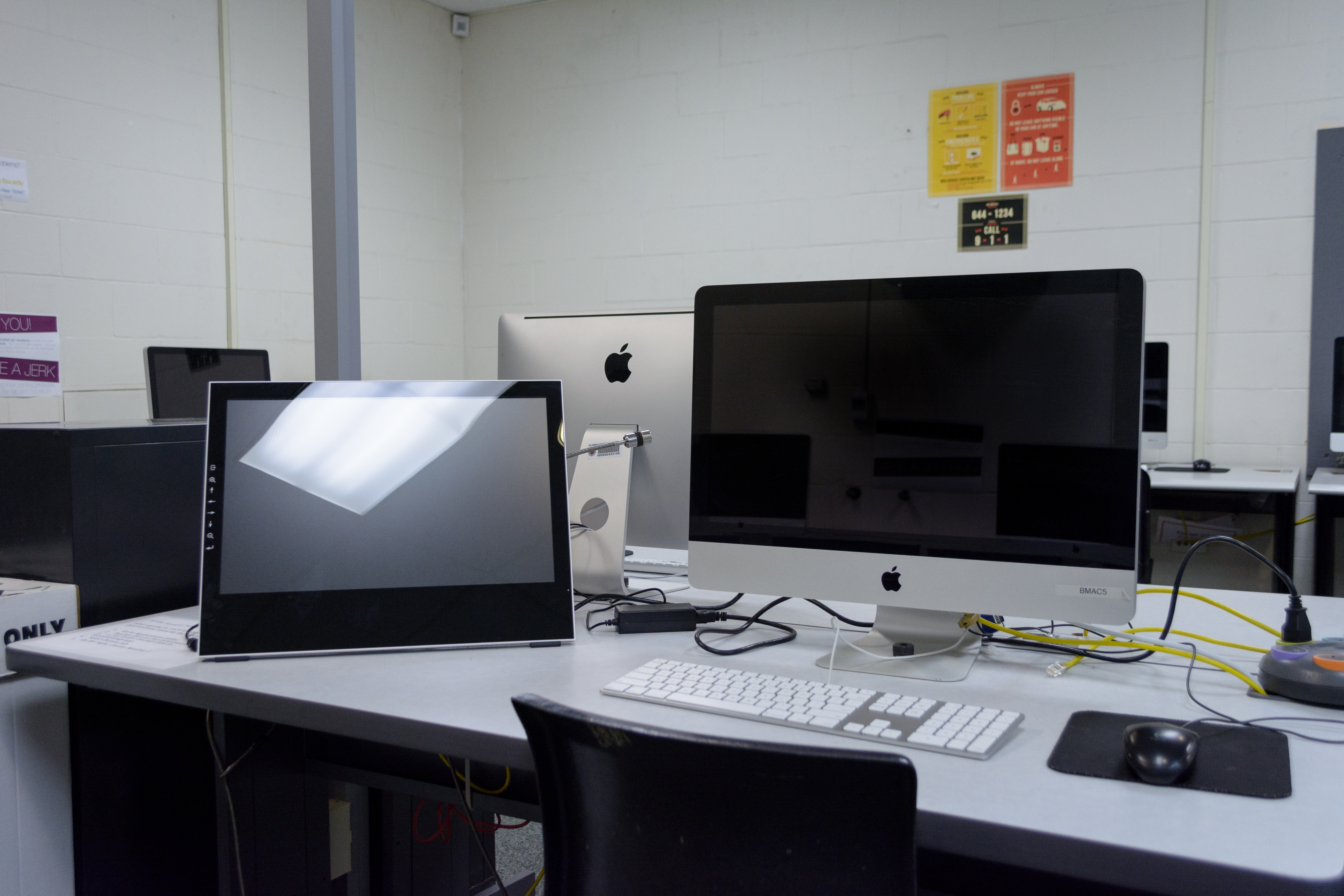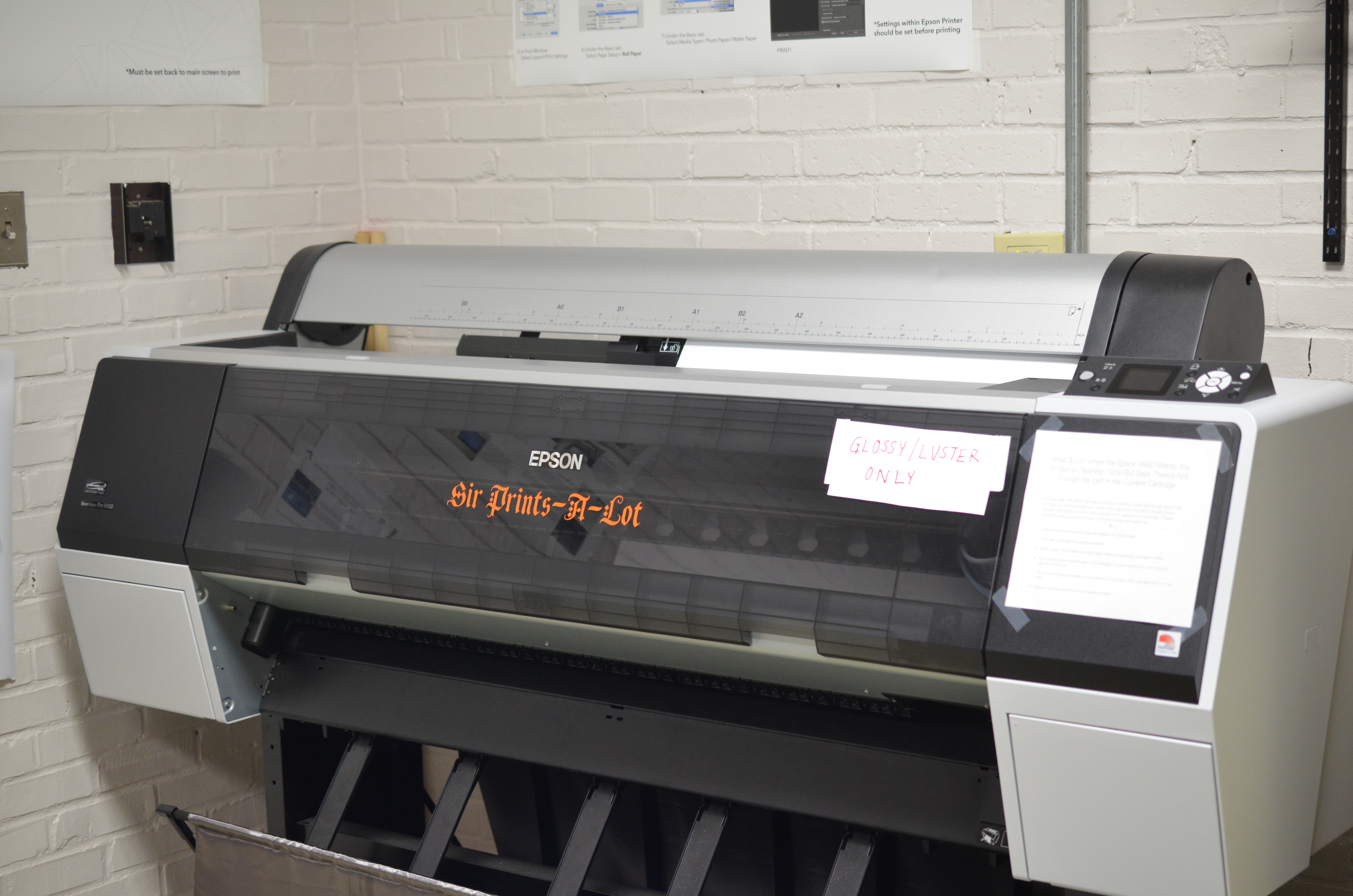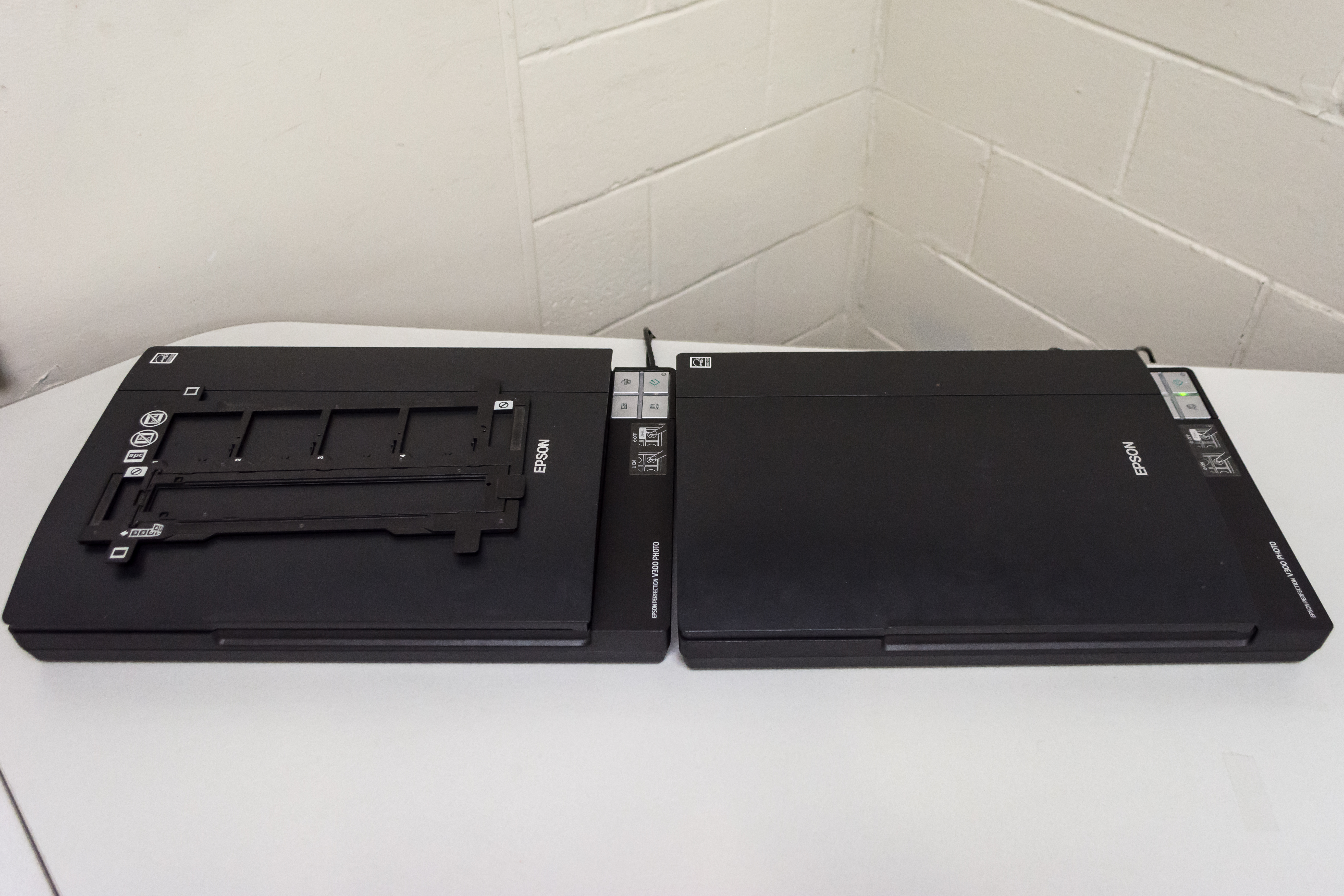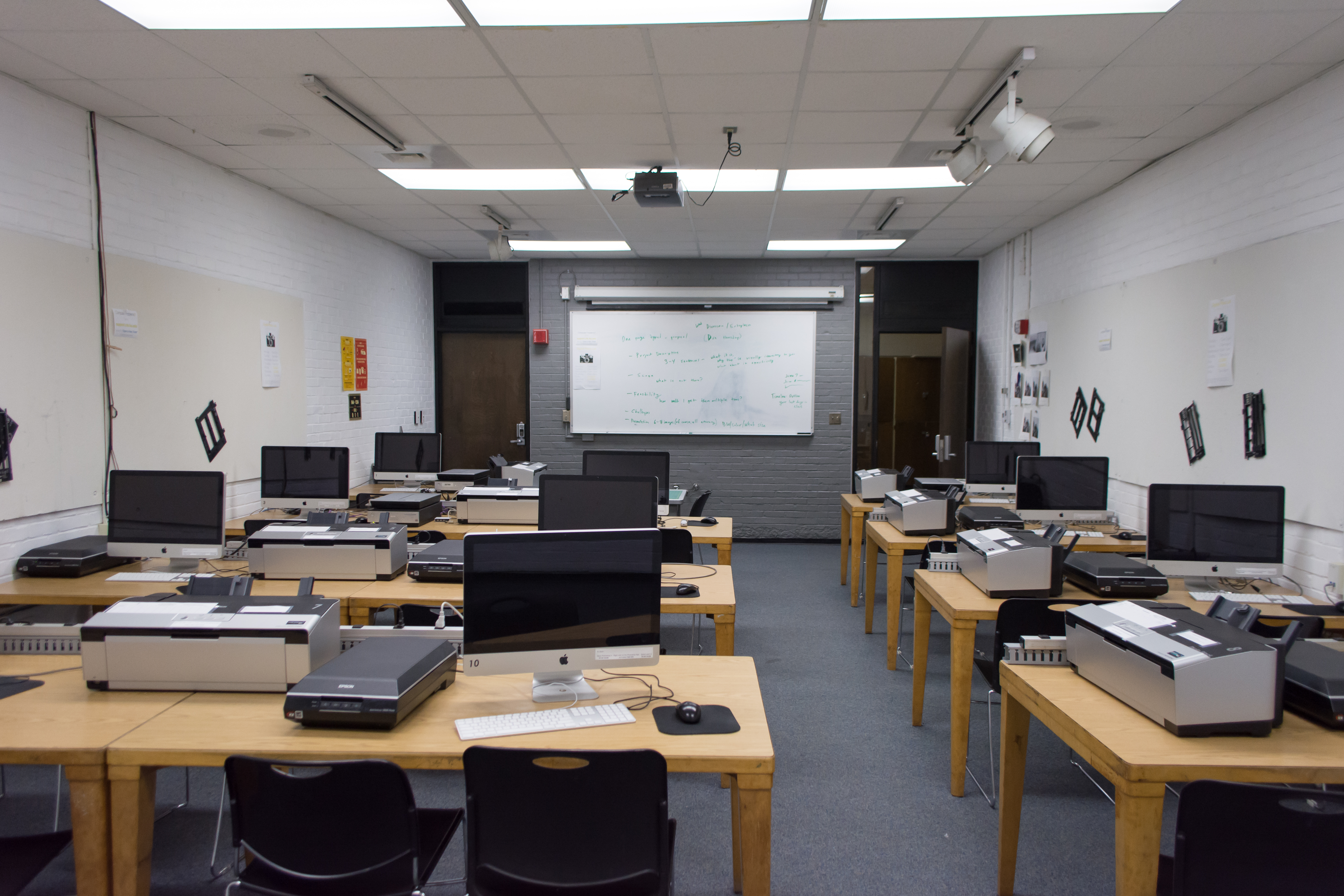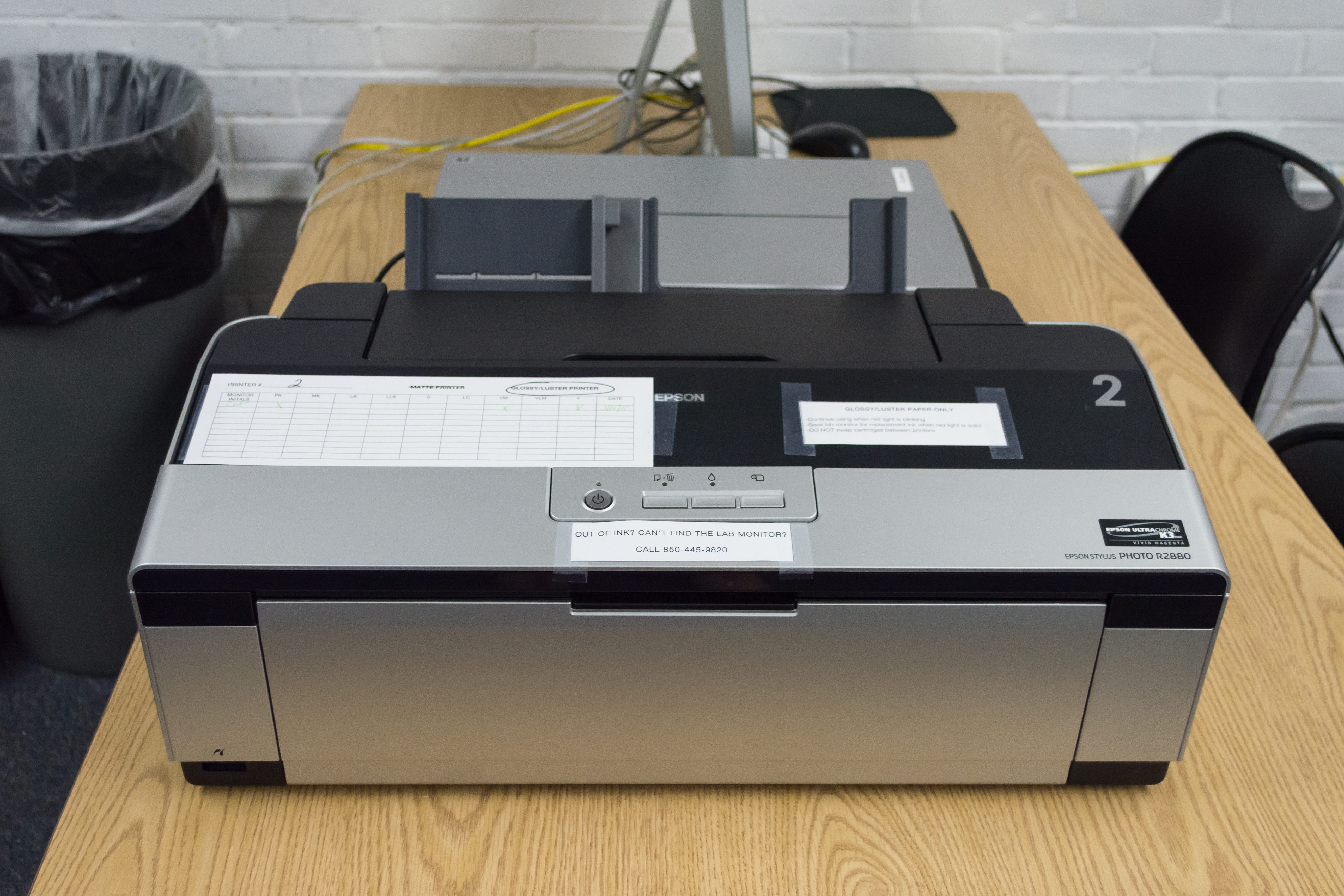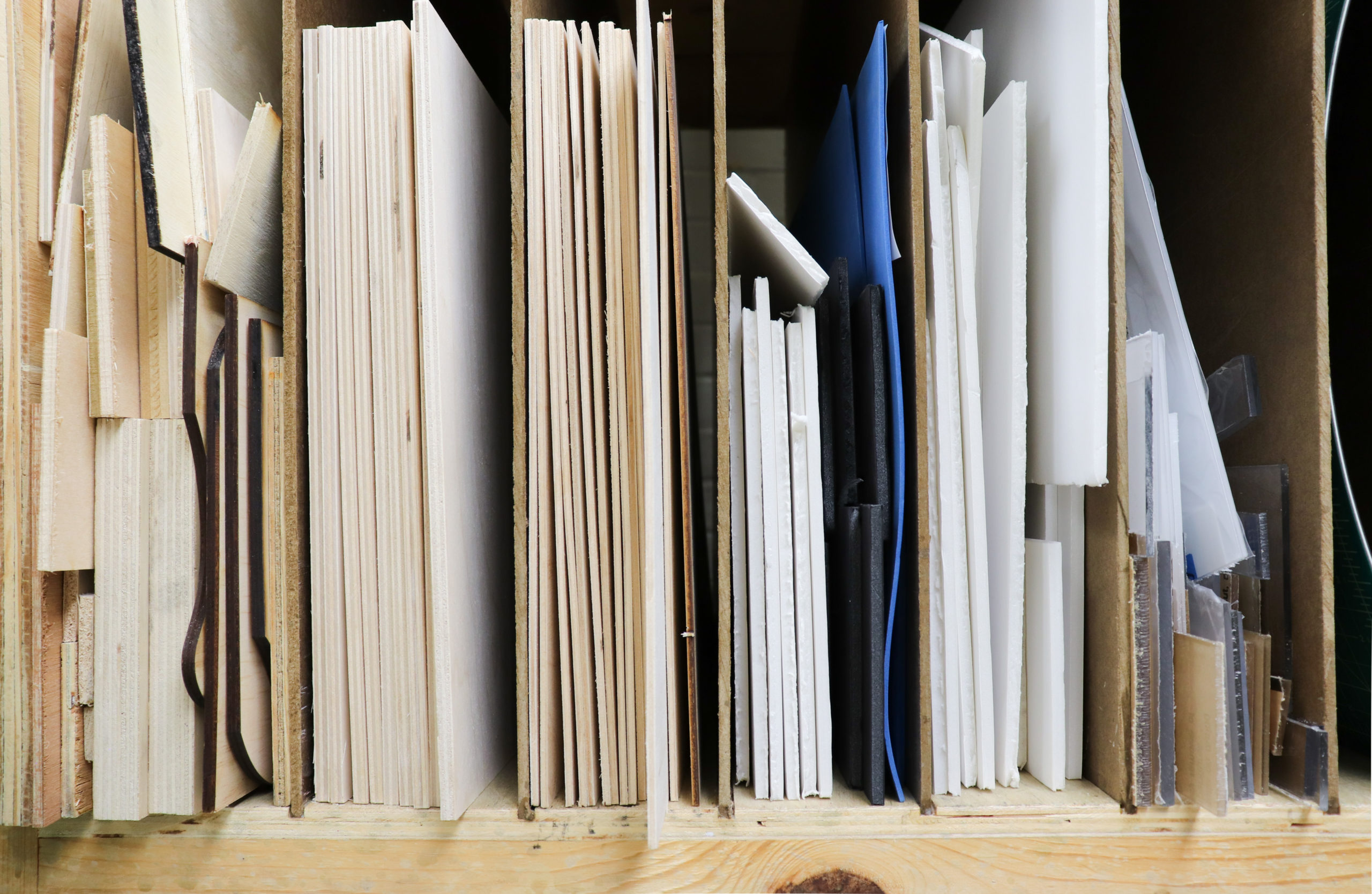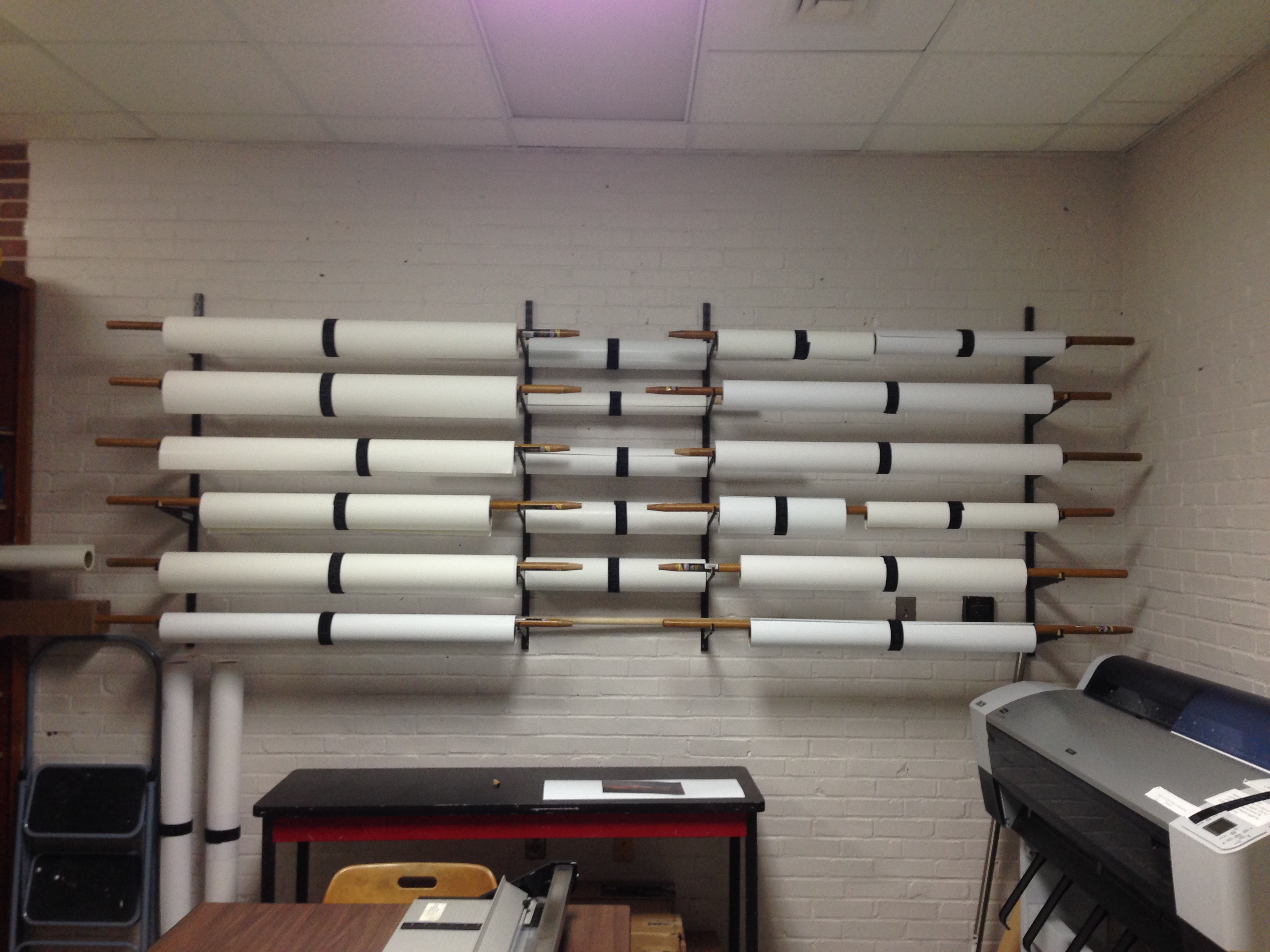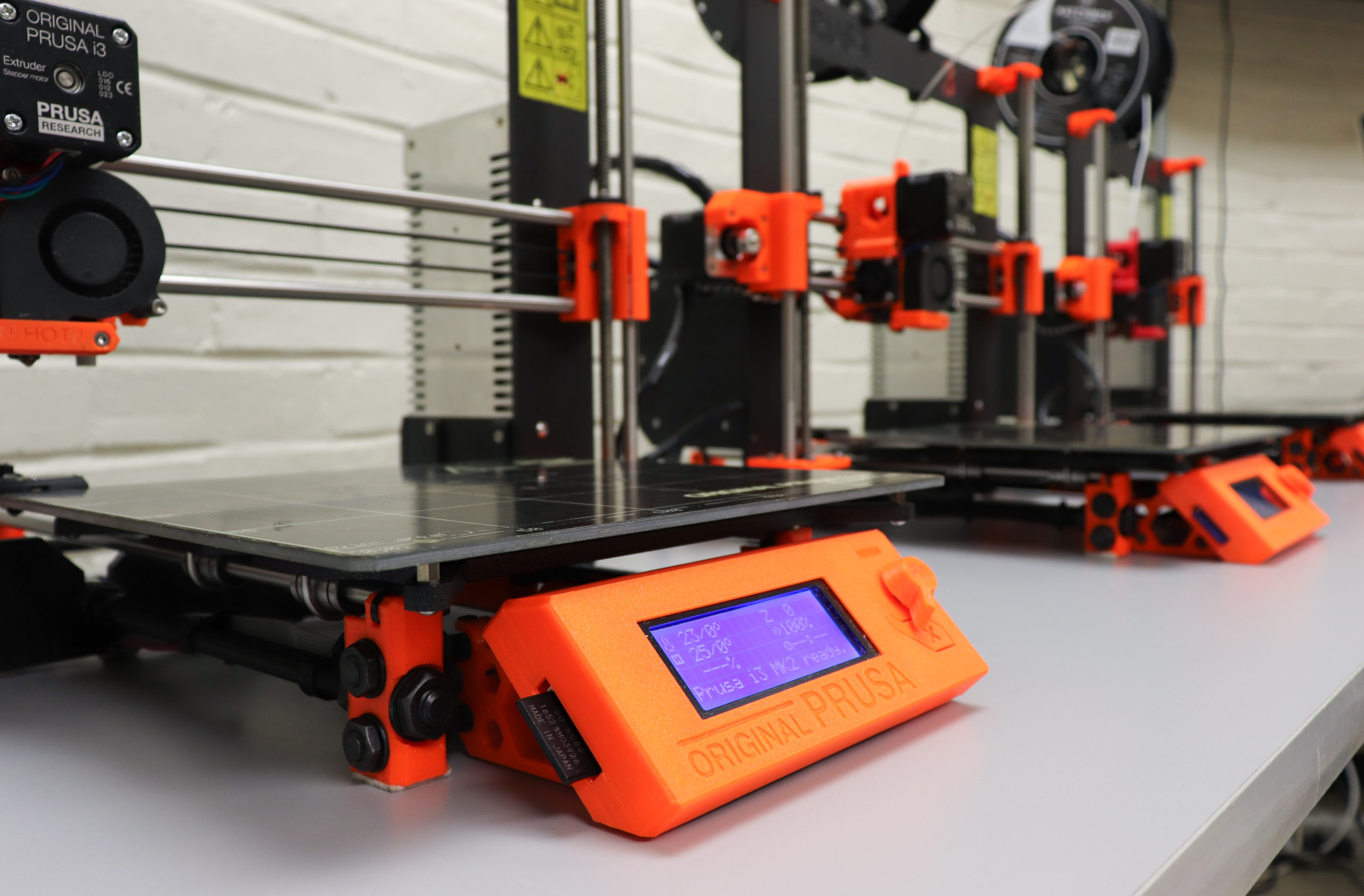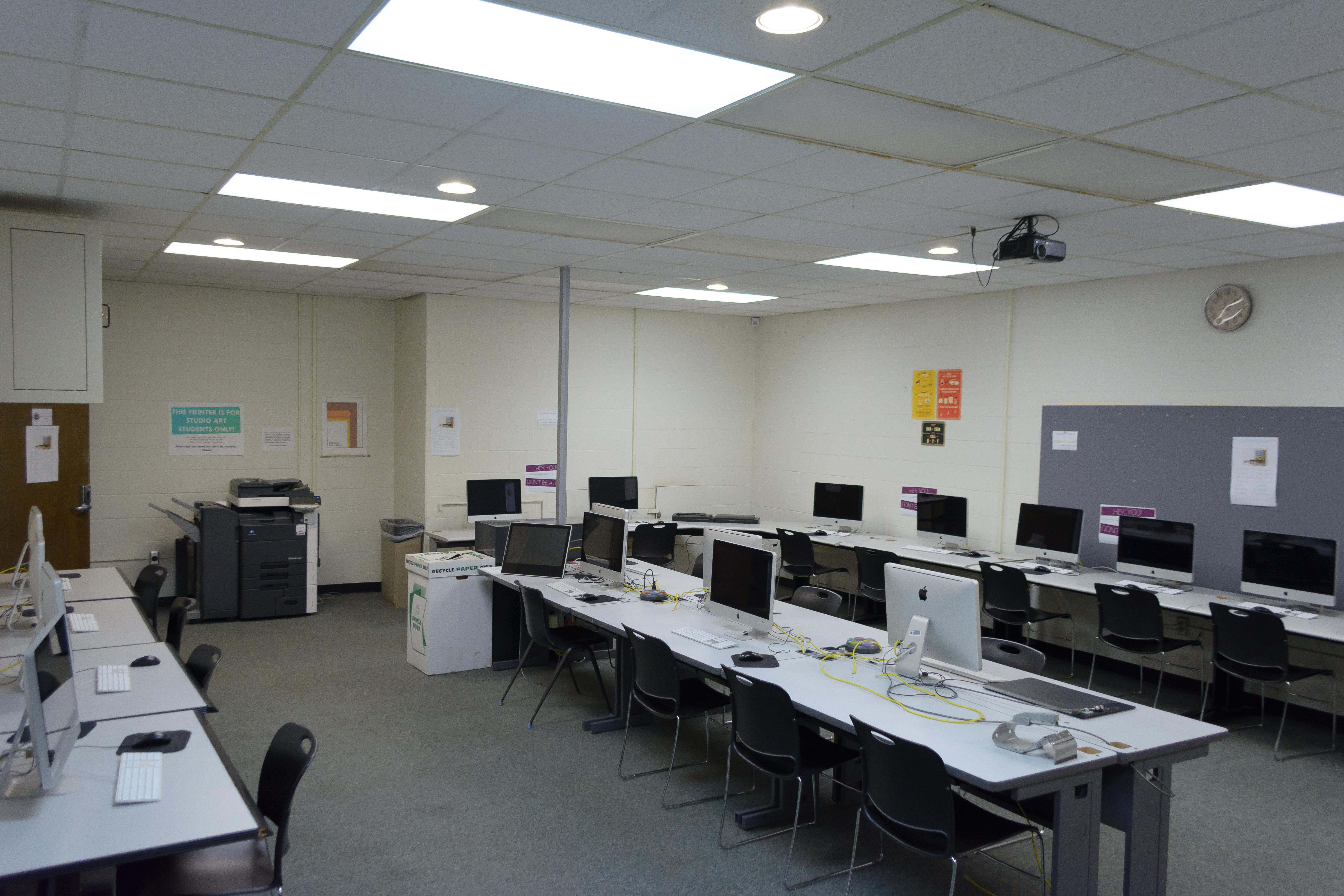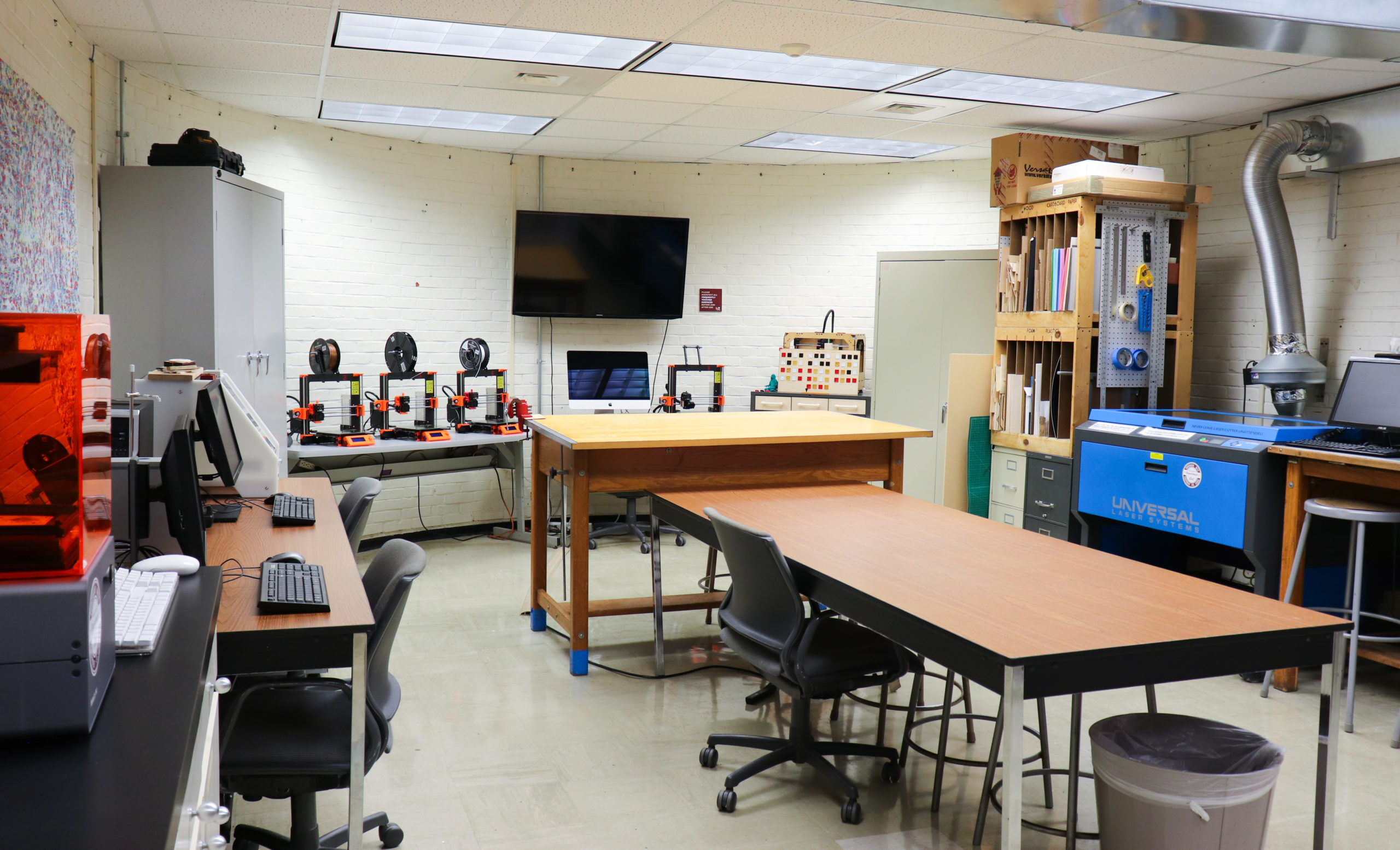
Lilliana Reinoso is a visual artist exploring a diverse set of media, whose process includes rapid prototyping objects from open source museum artifact scans. Her series of artworks, Stolen Objects Quilts (RED 1/3, YELLOW, 2/3, BLUE 3/3), contains 3D printed recreations of widely known artifacts. Most of the 3D prints included in this series were created from open source 3D scans and printed with the Prusa i3 MK2S and MK2.5S.
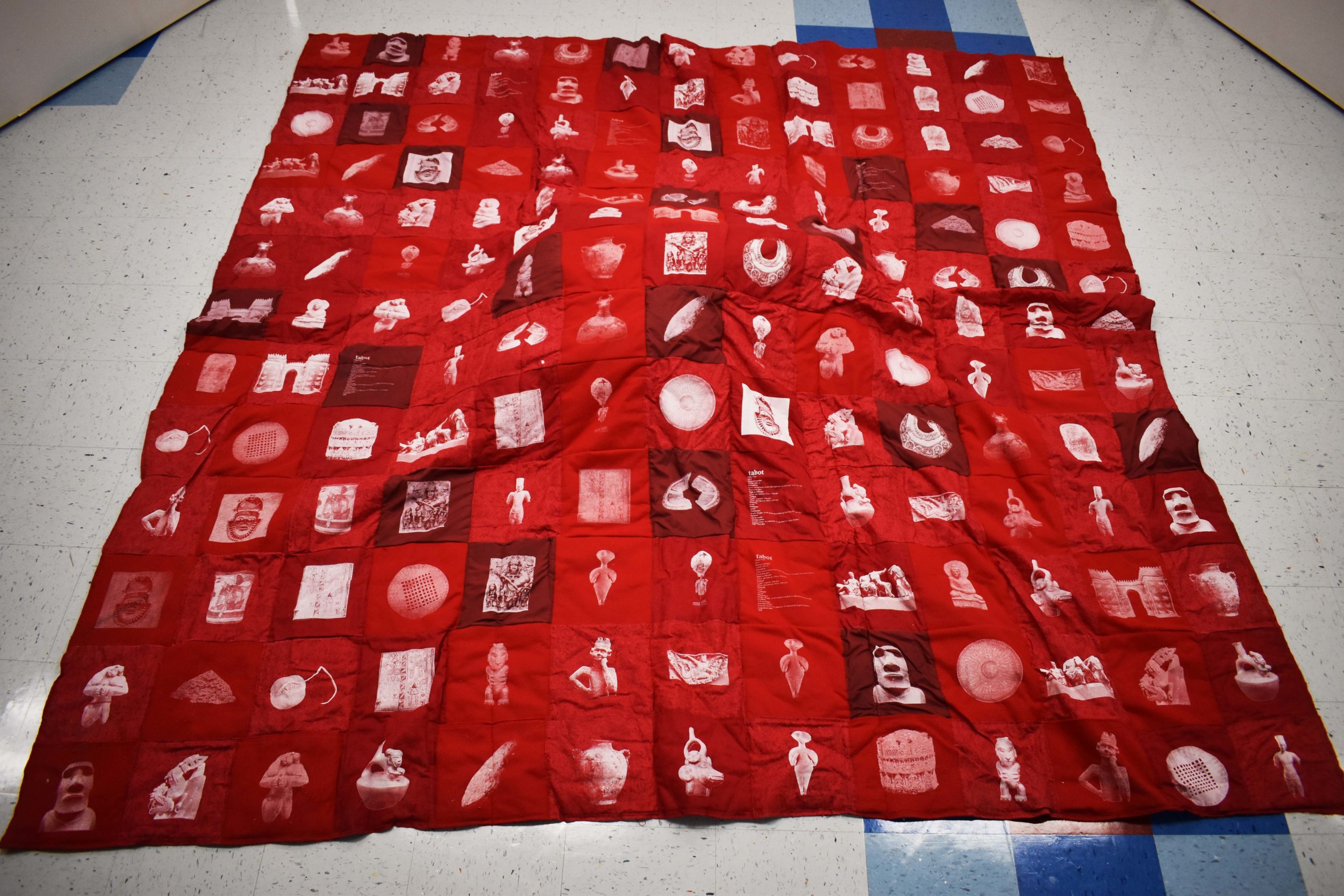 “How did you get here? Every object has a sequence that gets them from where they started to where they ultimately end up. Plastic bottles, cicadas, and even art pieces gradually move throughout their lifetime, from their place of creation, to landfills, dirt, auction houses, or museums. We may know how some things got to where they are today, but for many art pieces, that knowledge remains a mystery. The obstruction of that information is being used to deny or suppress the truth in the place of nationalistic narratives.
“How did you get here? Every object has a sequence that gets them from where they started to where they ultimately end up. Plastic bottles, cicadas, and even art pieces gradually move throughout their lifetime, from their place of creation, to landfills, dirt, auction houses, or museums. We may know how some things got to where they are today, but for many art pieces, that knowledge remains a mystery. The obstruction of that information is being used to deny or suppress the truth in the place of nationalistic narratives.
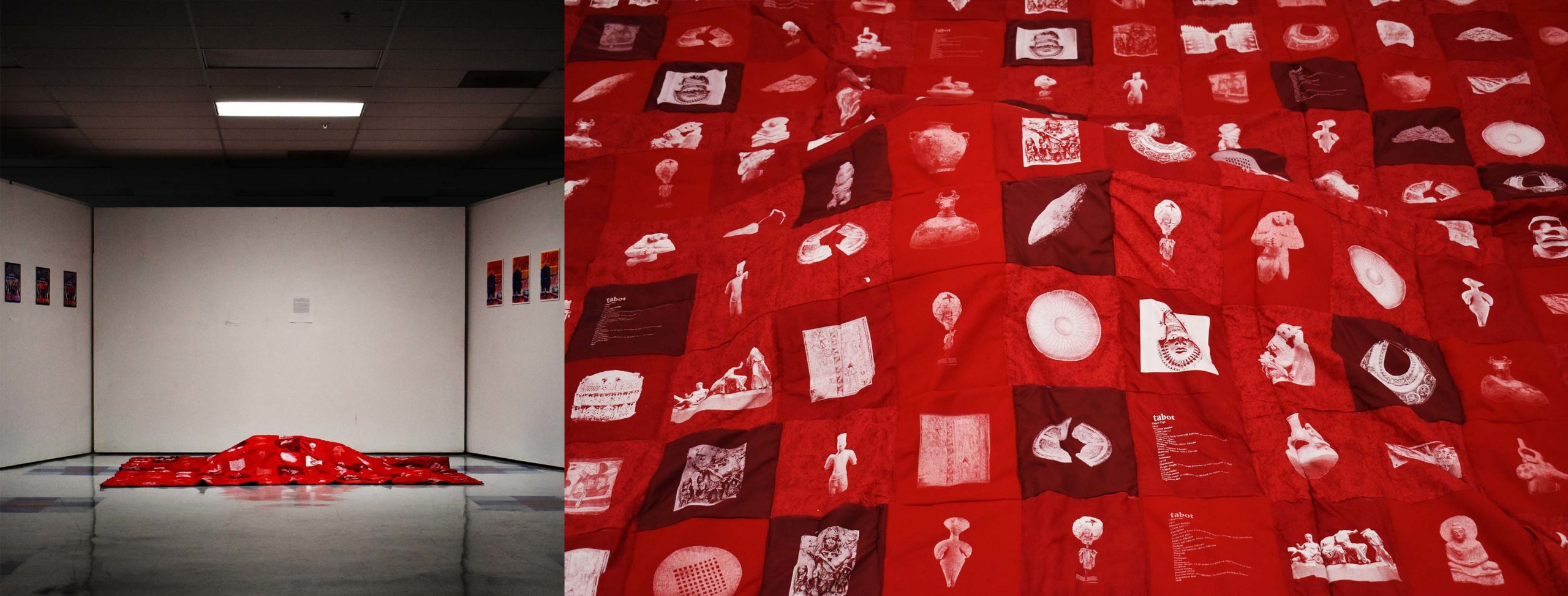
Where do you belong? Many western and imperial museums that purport to be “world museums’ display and hold art objects from cultures and peoples that were colonized. The institutional infrastructure does not dwell on this, instead steering the viewer to more comforting and cosmopolitan ideals such as a supposed mutual sharing of world cultures. The explanation of how Ethiopian tabots, Benin bronzes, and Maoi sculptures got to where they now sit, is euphemized and whitewashed. Sitting in glass cases at best, and forgotten inside boxes at worst, these objects are stripped of their identity.
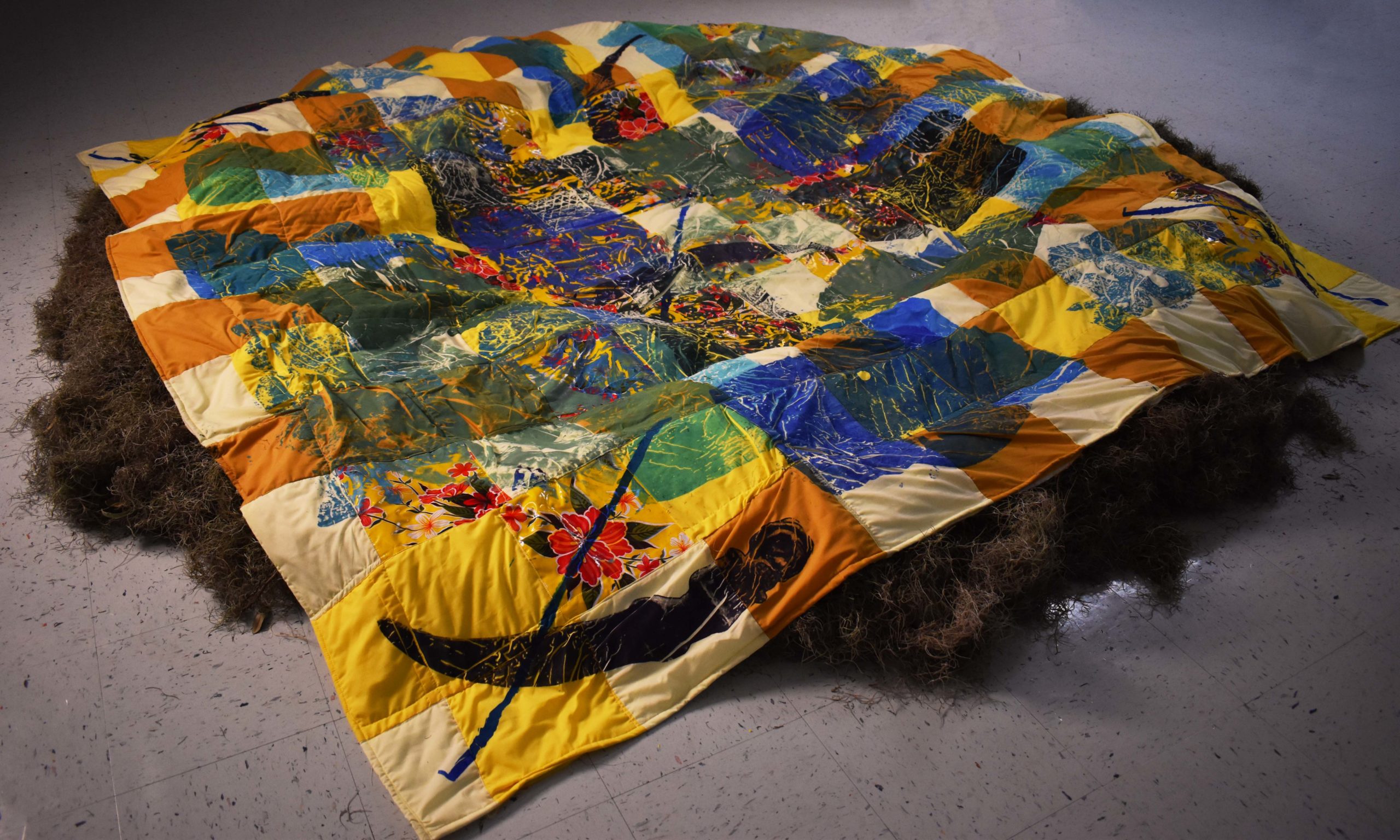

A quilt is often an intimate stitching of images and designs that reflect a culture. However, when tiles filled with personal and cultural significance are replaced with the taxonomy of stolen cultural patrimony, its usual nature is replaced with the sinking reality of these “world museums”. These objects have not been allowed to age within their culture and function organically. What is a statue of Harihara, a Cambodian deity from around 700 AD, doing in Fort Worth Texas? In the Kimbell Museum, this statue that once was a figure of religious admiration sits in a sterile gallery, far away from its original stewards, and robbed of its old life. These quilts, through joining together the images of stolen objects highlights how decontextualization is violence, and places their stolen lives within a large network of shared experiences.”
– Lilliana Reinoso
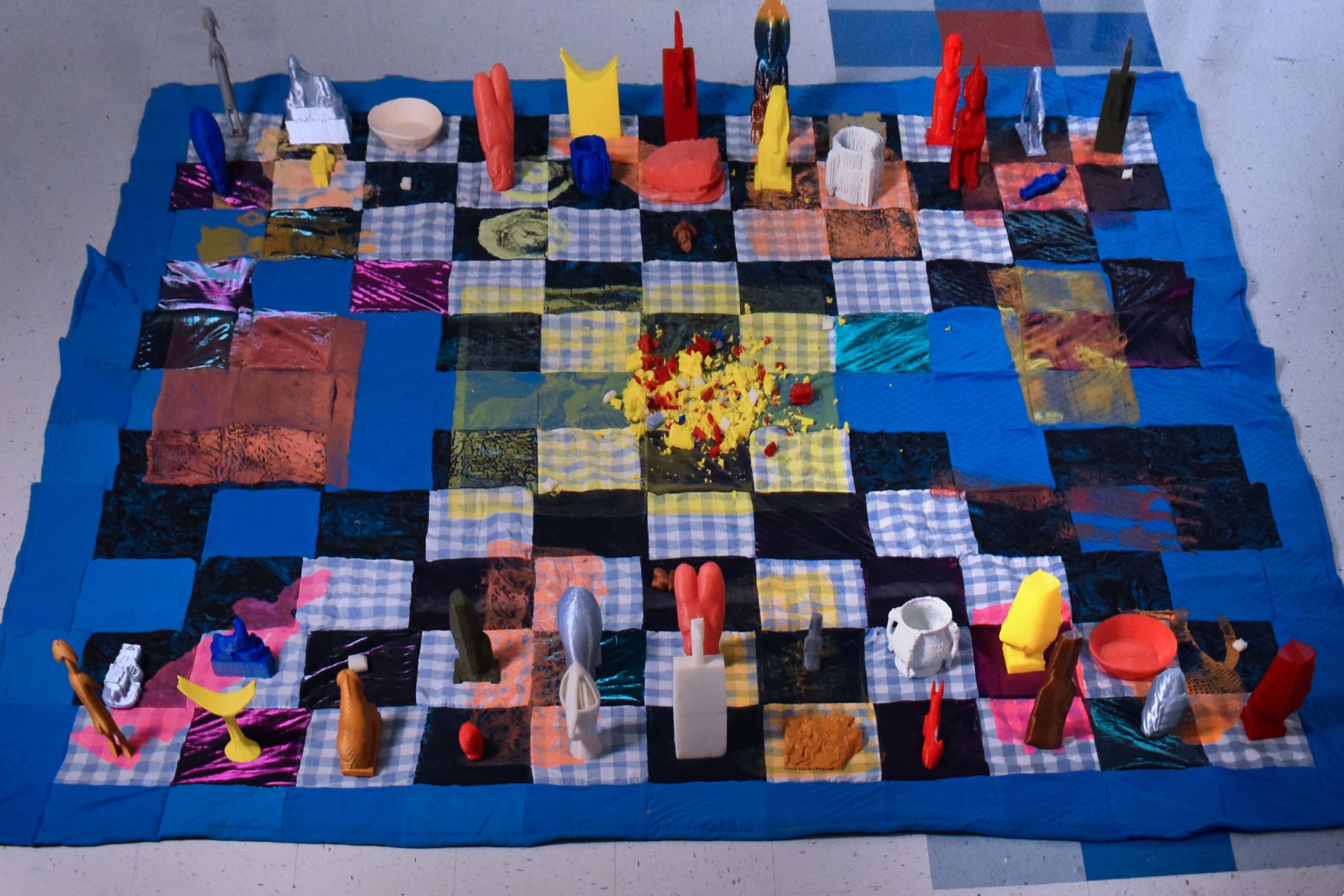

Artwork Information:
Stolen Objects Quilts (RED 1/3, YELLOW, 2/3, BLUE 3/3)
Lilliana Reinoso
2021
Screen-print, soft sculpture, chicken-wire, Spanish moss, 3d prints
19″ x 117″ x 117″
To see more of Lilliana’s artworks and learn more about her process and exhibitions, visit her Instagram.
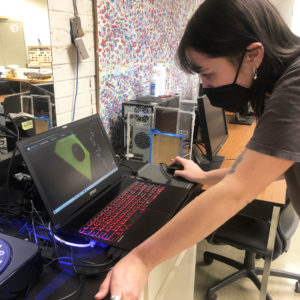

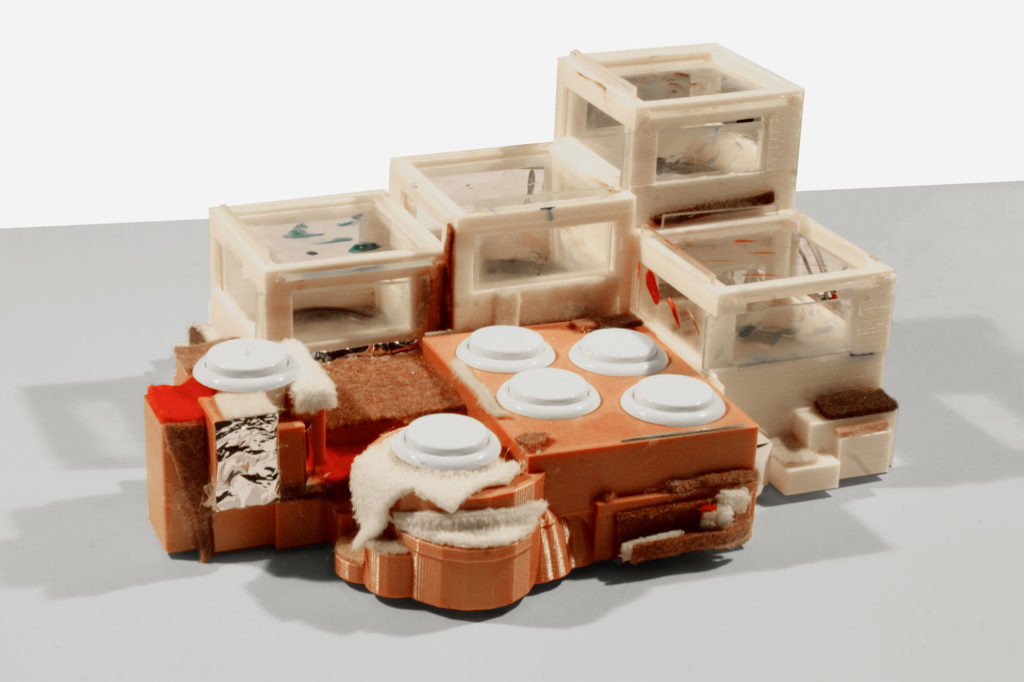
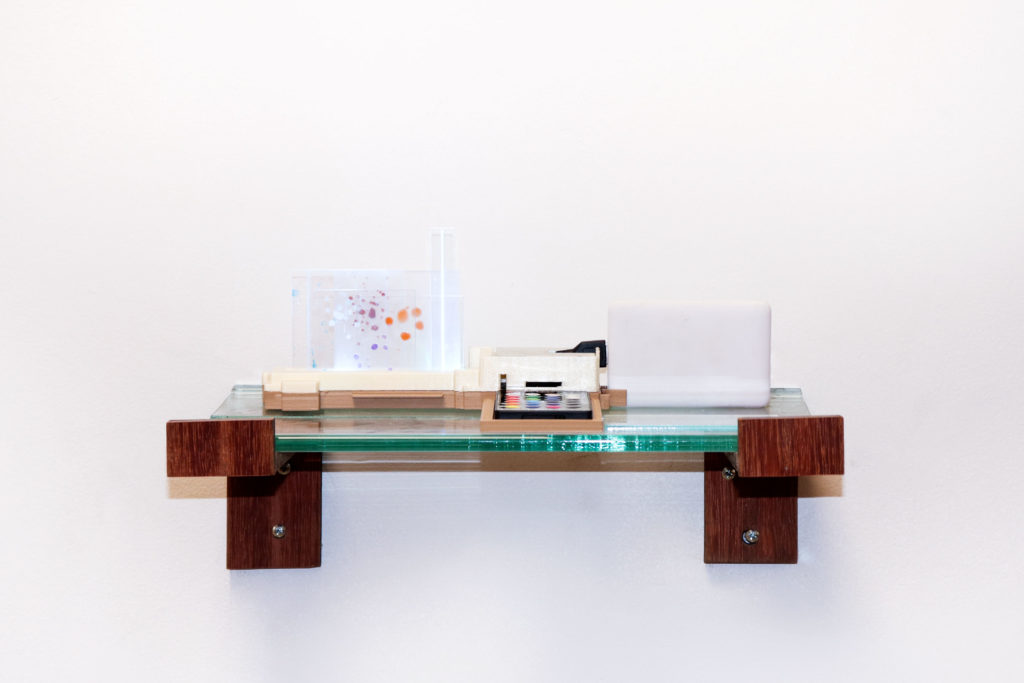
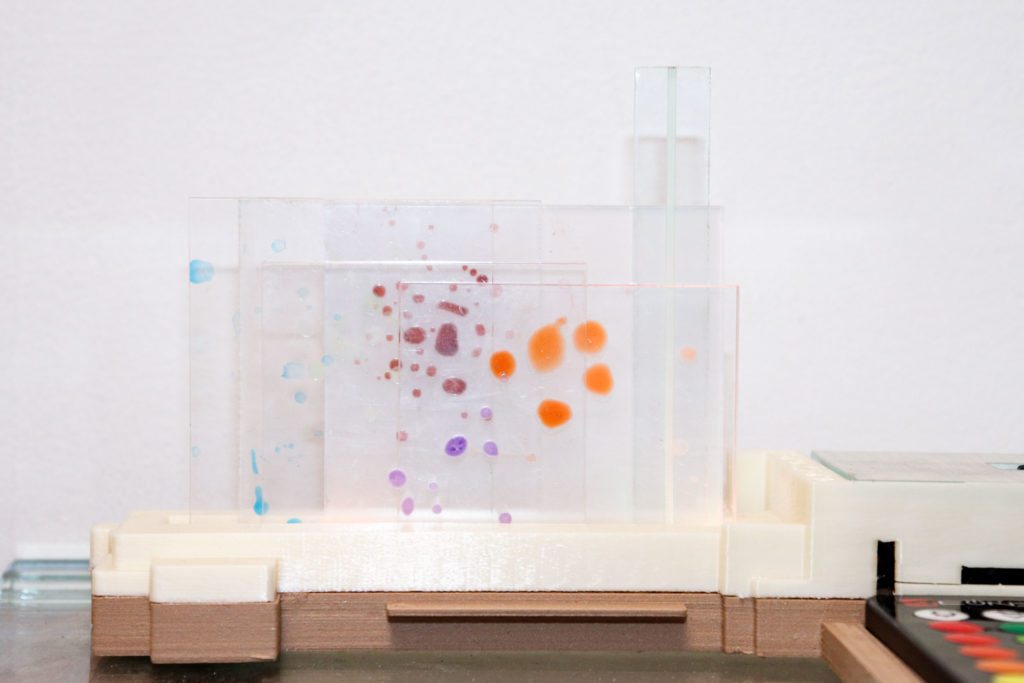
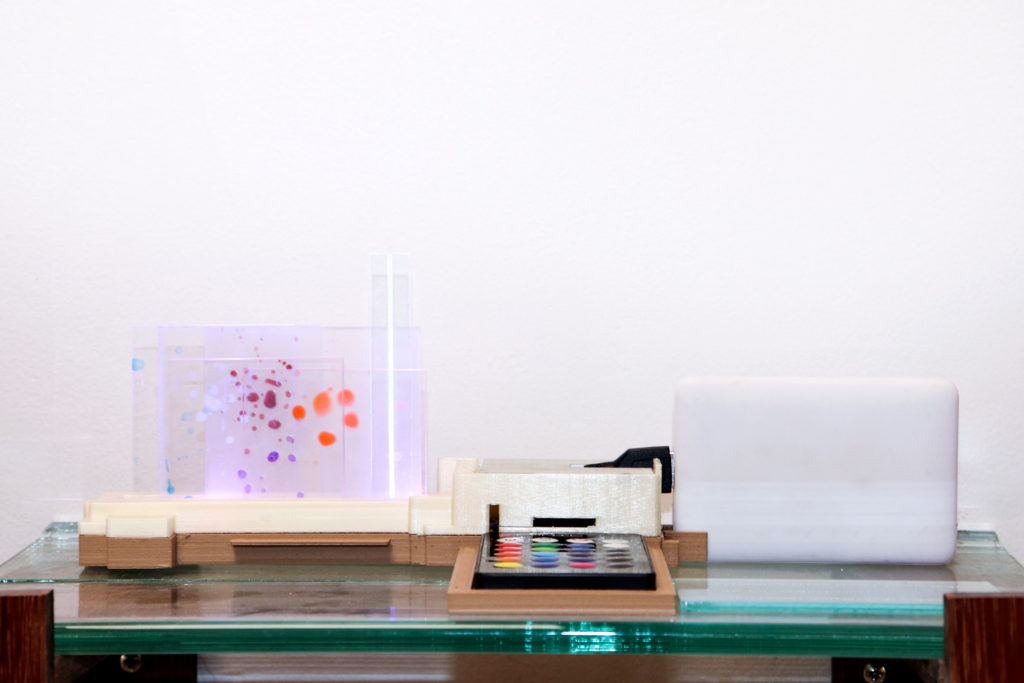
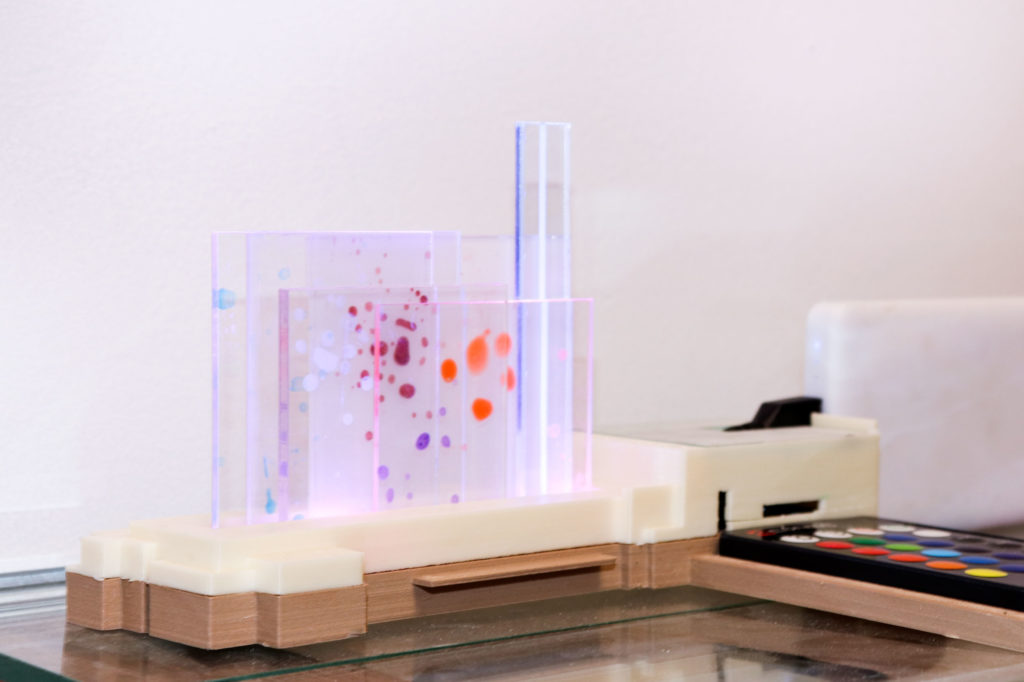
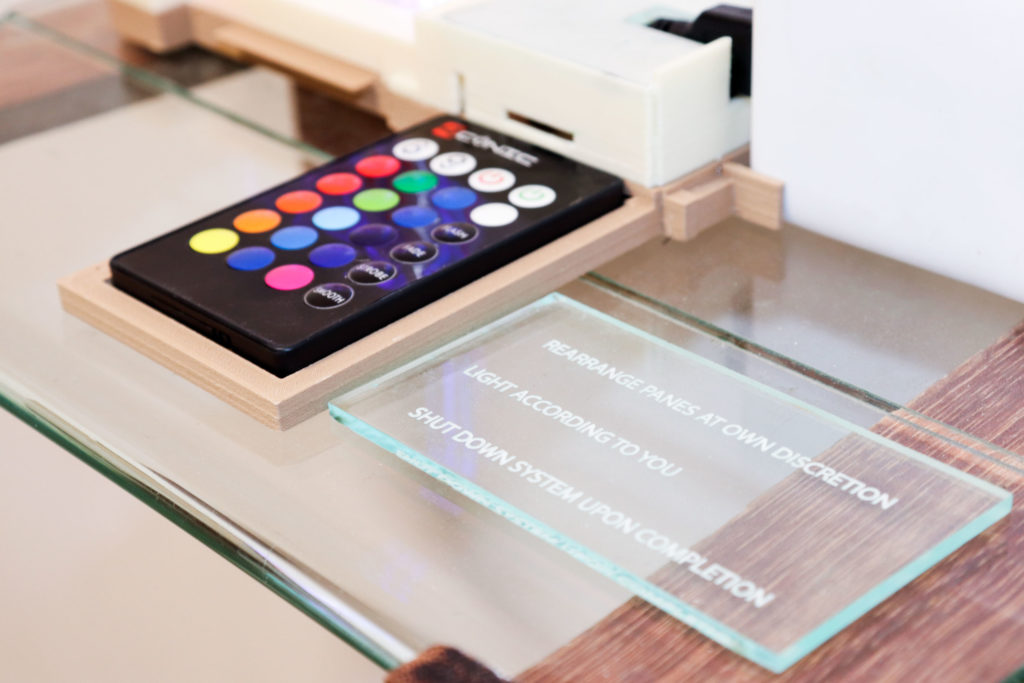

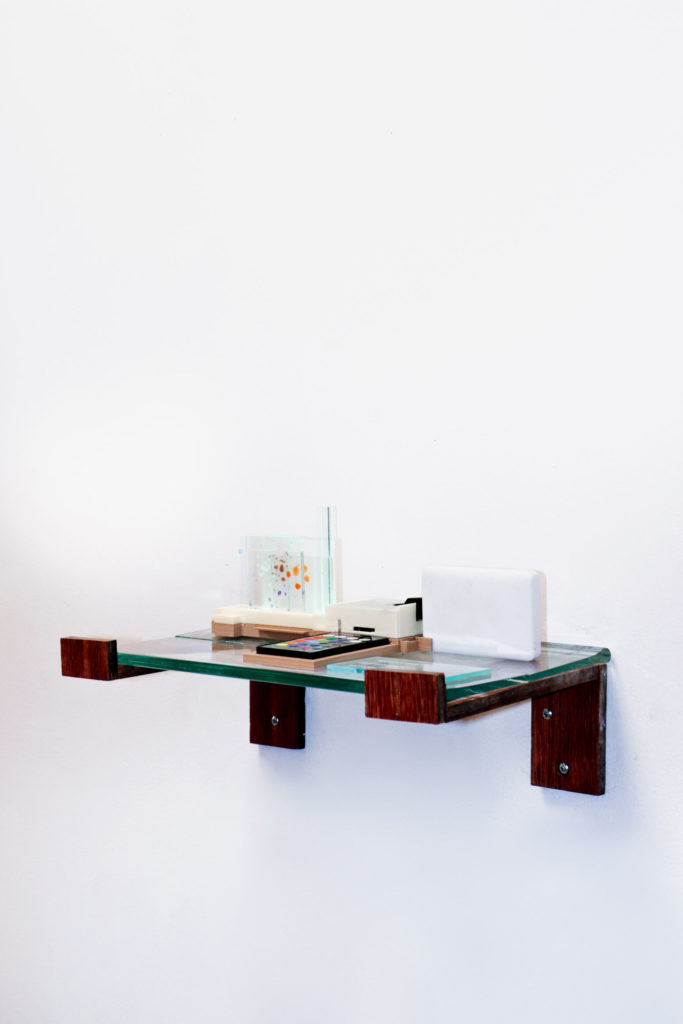

 “How did you get here? Every object has a sequence that gets them from where they started to where they ultimately end up. Plastic bottles, cicadas, and even art pieces gradually move throughout their lifetime, from their place of creation, to landfills, dirt, auction houses, or museums. We may know how some things got to where they are today, but for many art pieces, that knowledge remains a mystery. The obstruction of that information is being used to deny or suppress the truth in the place of nationalistic narratives.
“How did you get here? Every object has a sequence that gets them from where they started to where they ultimately end up. Plastic bottles, cicadas, and even art pieces gradually move throughout their lifetime, from their place of creation, to landfills, dirt, auction houses, or museums. We may know how some things got to where they are today, but for many art pieces, that knowledge remains a mystery. The obstruction of that information is being used to deny or suppress the truth in the place of nationalistic narratives.




